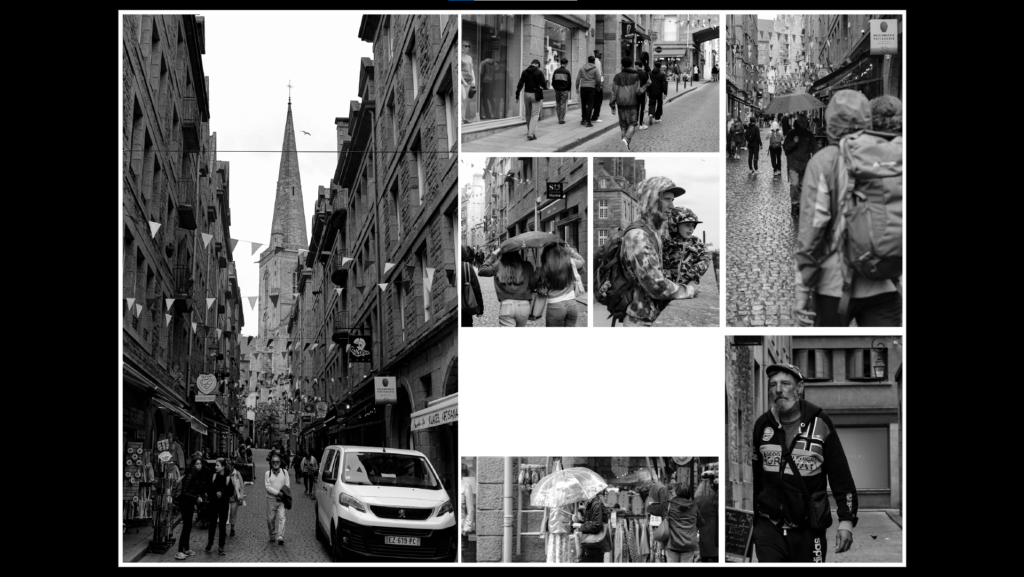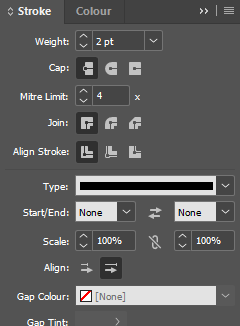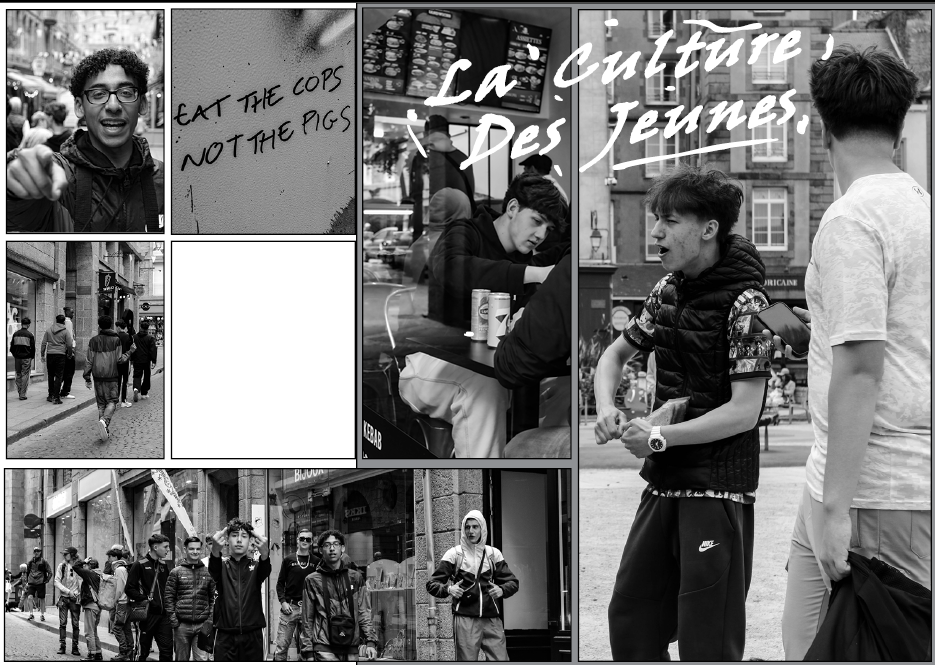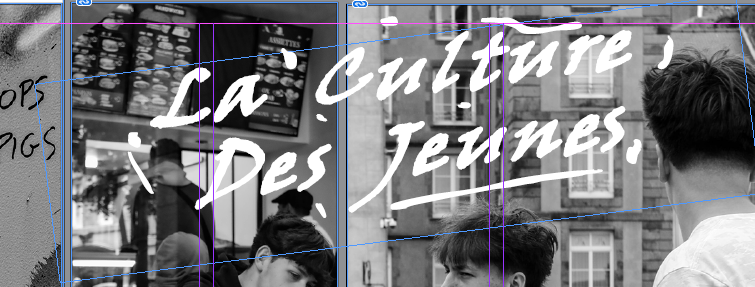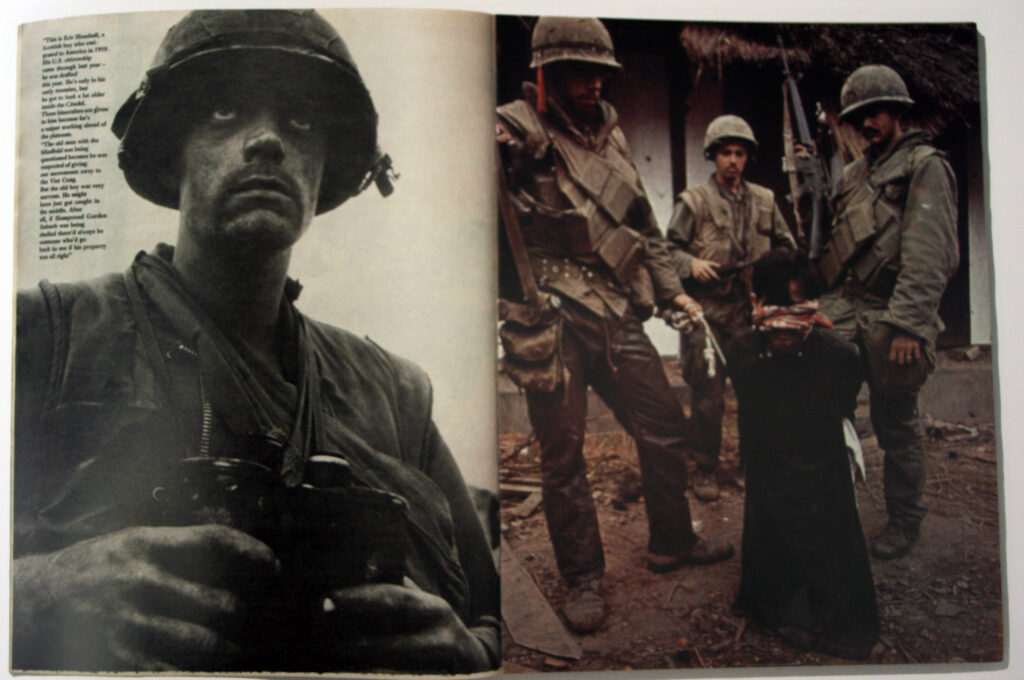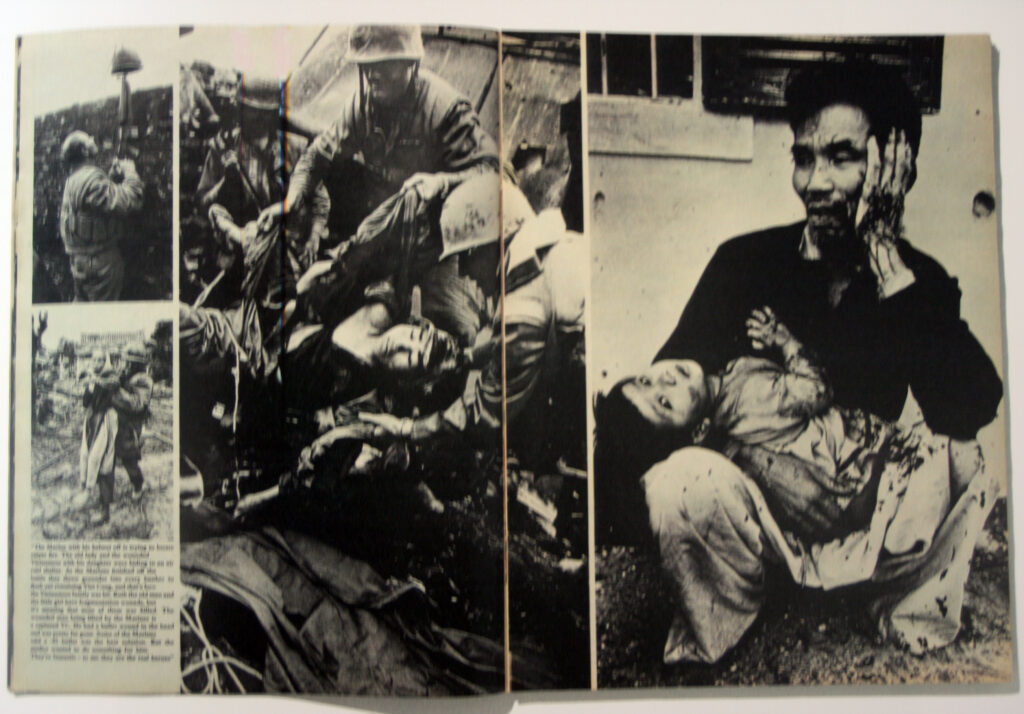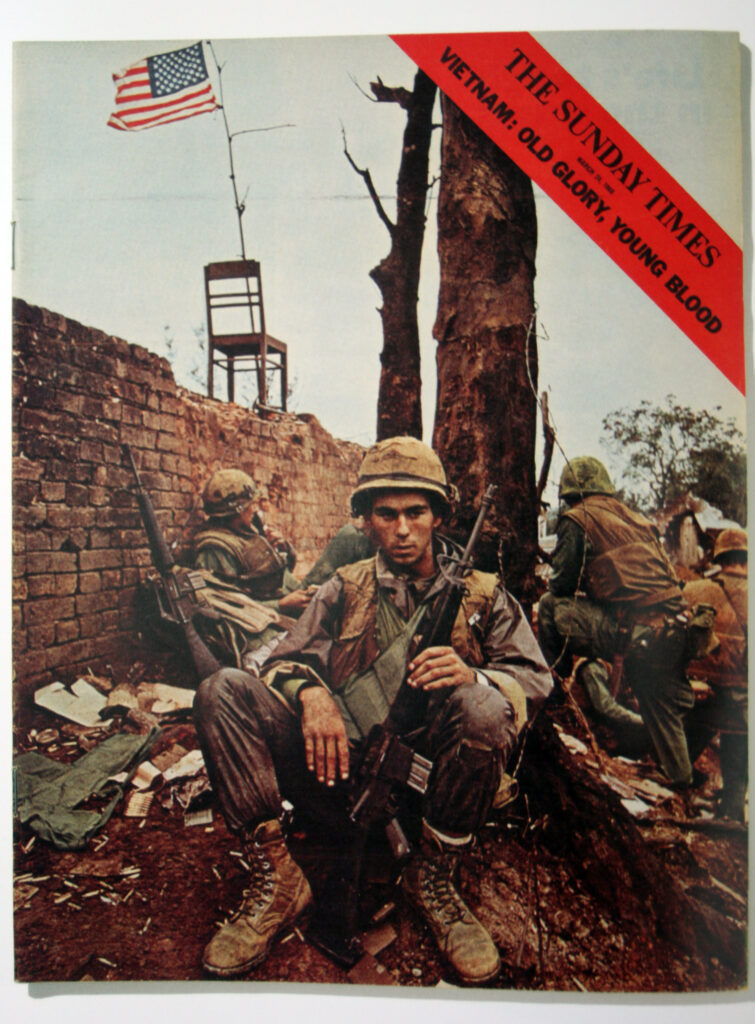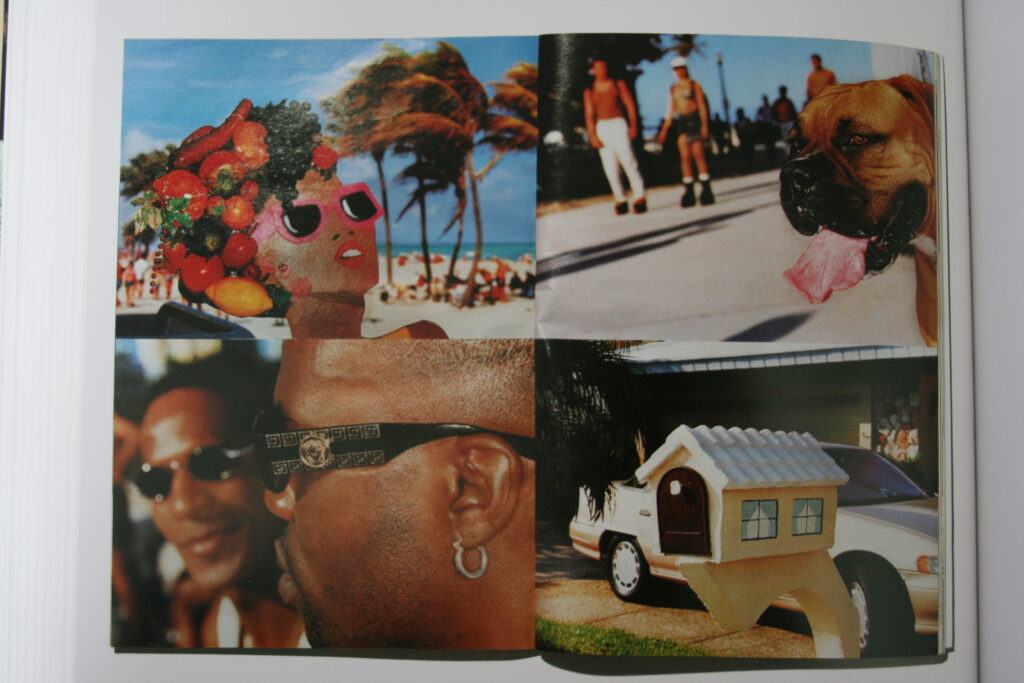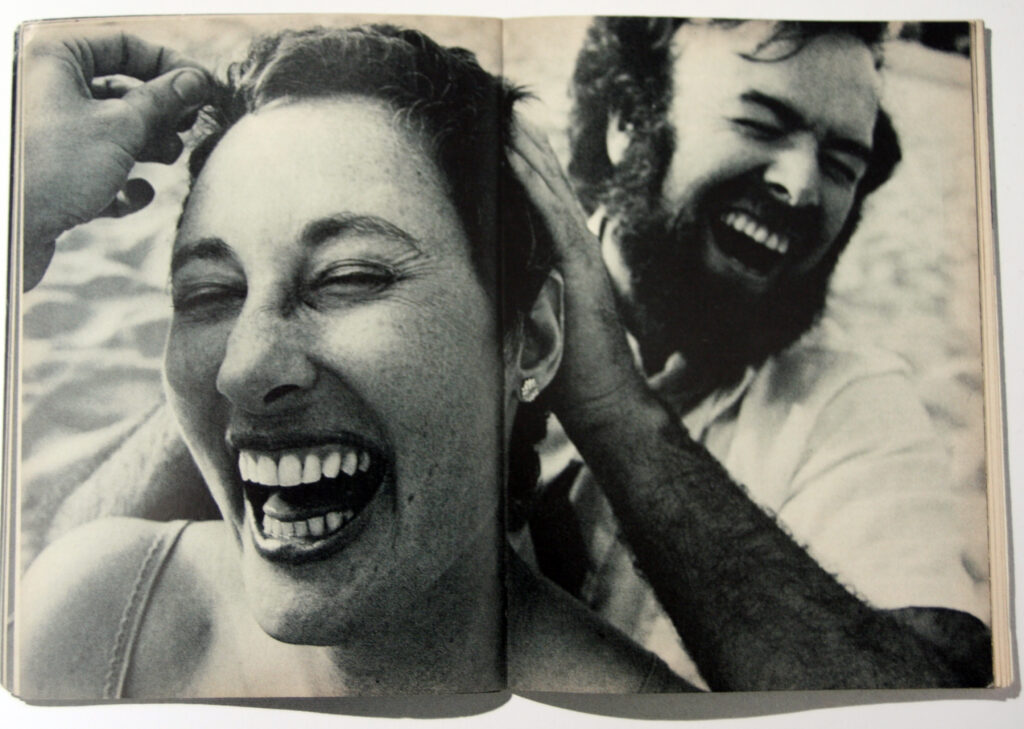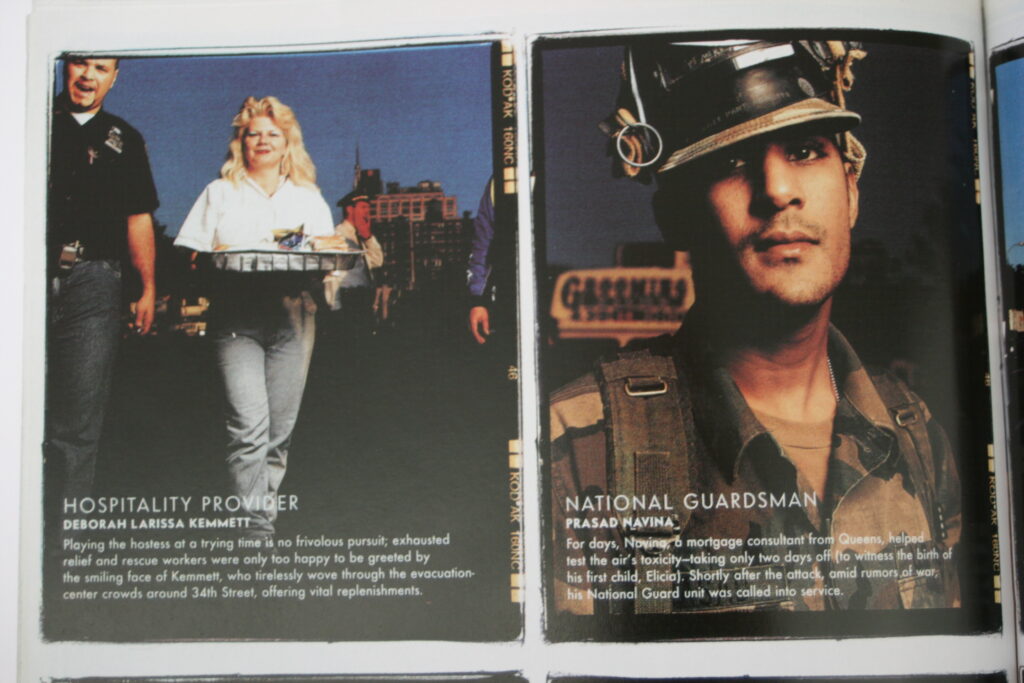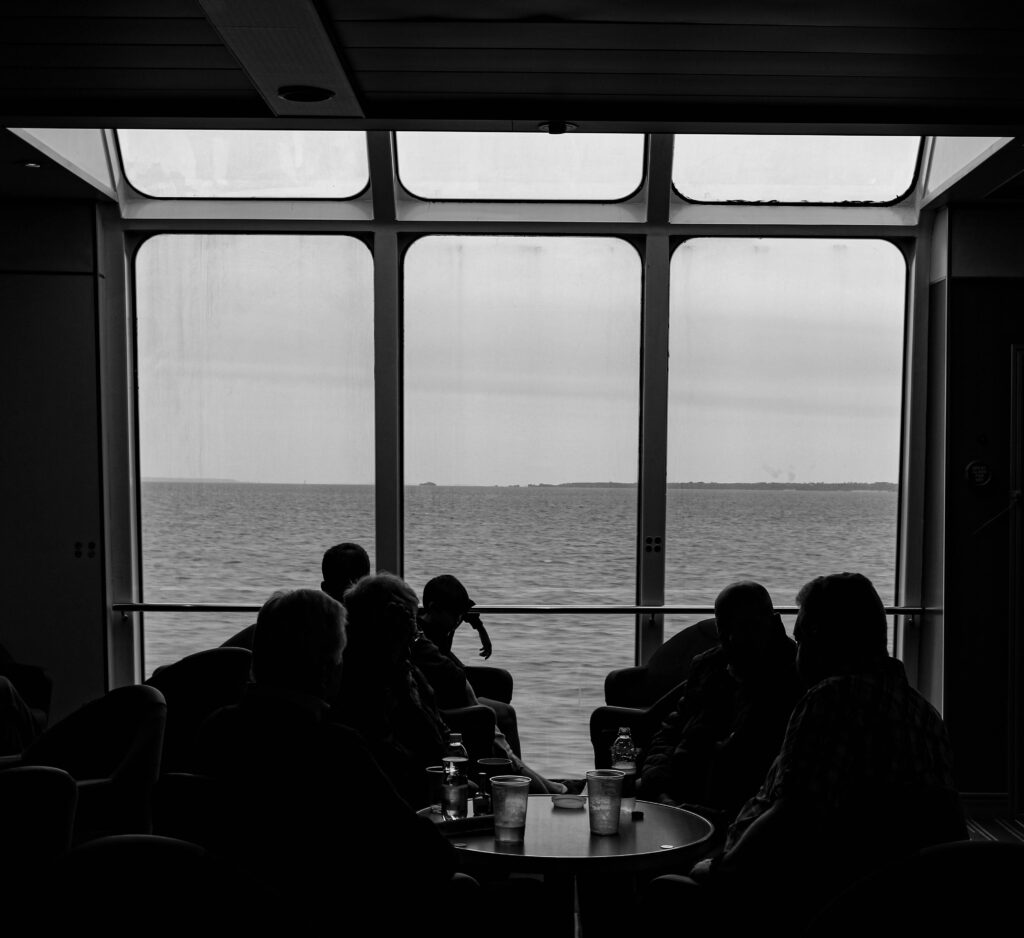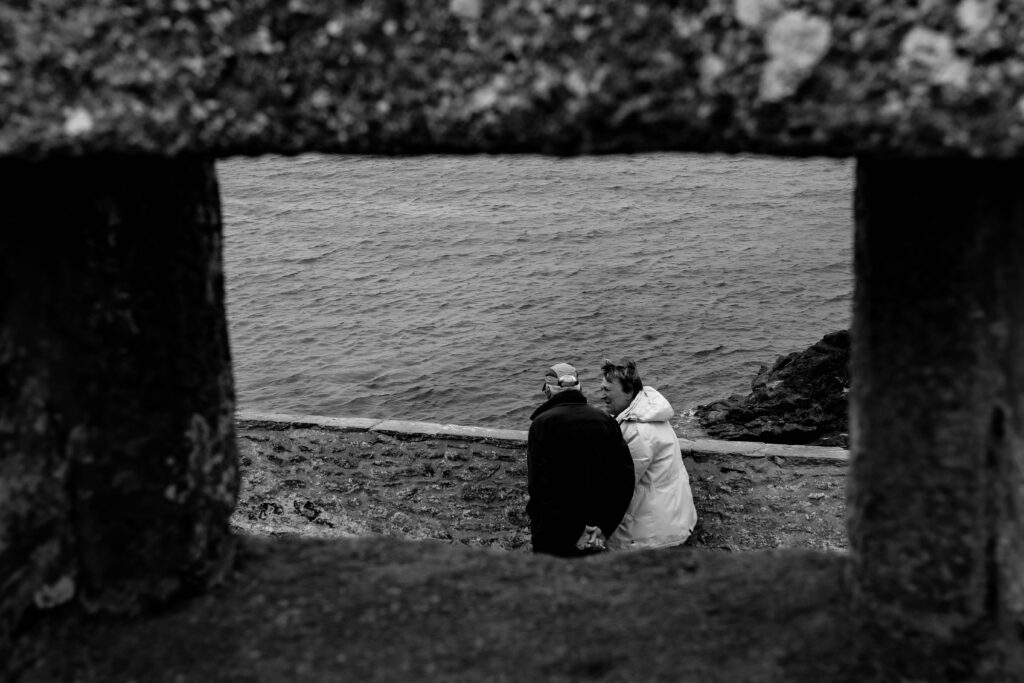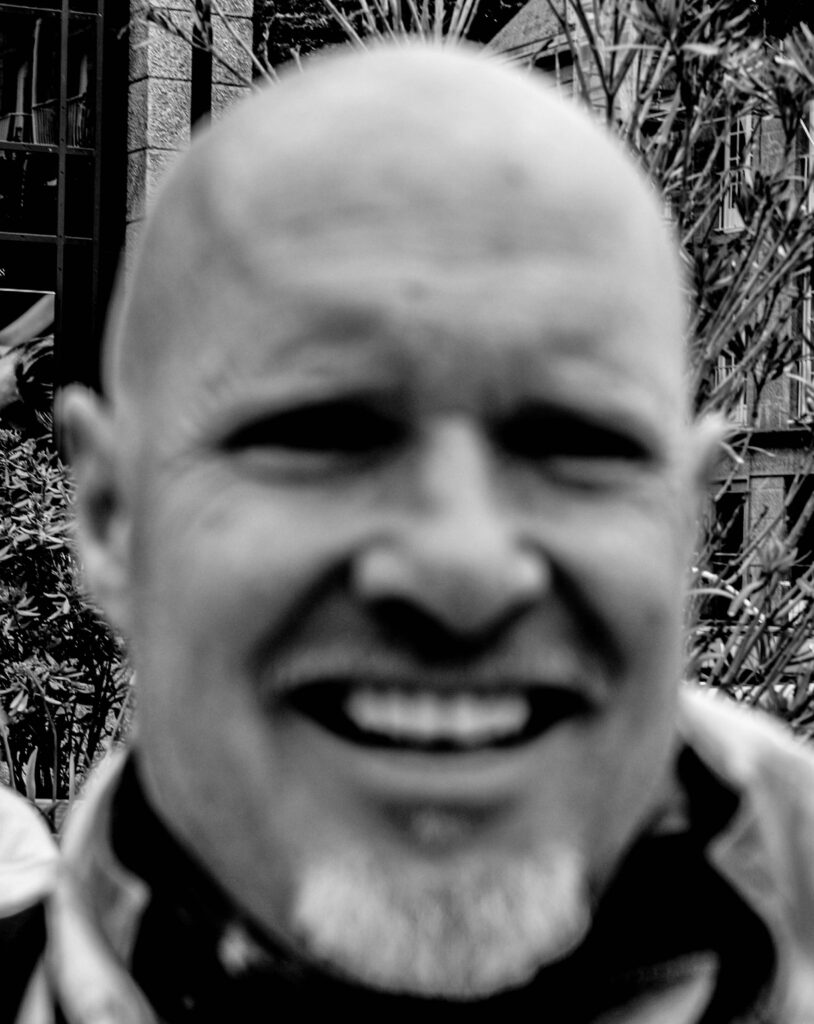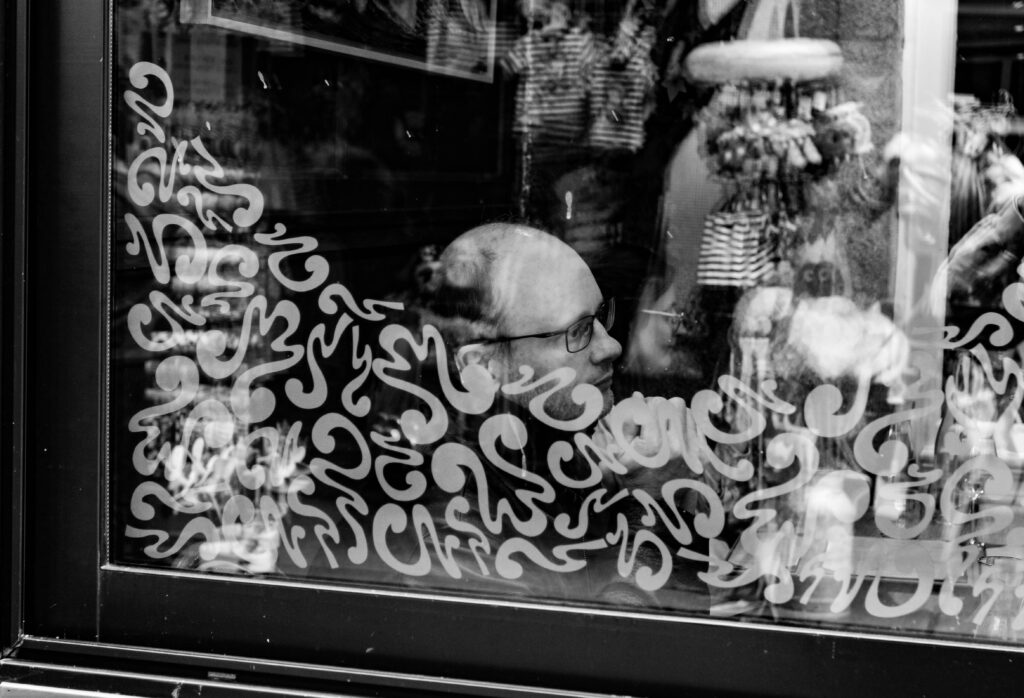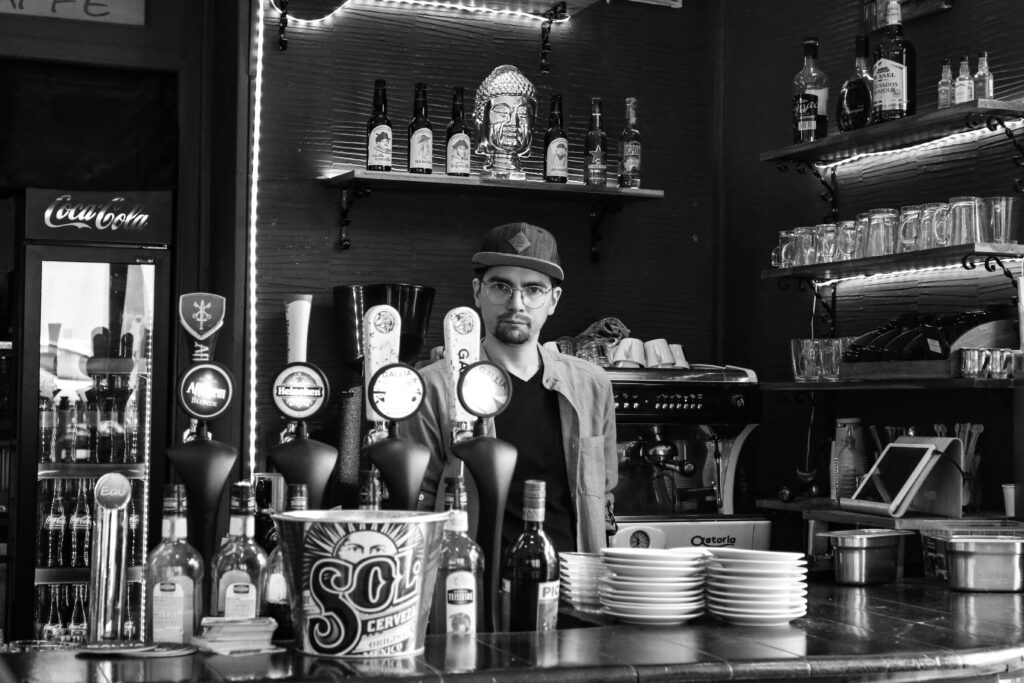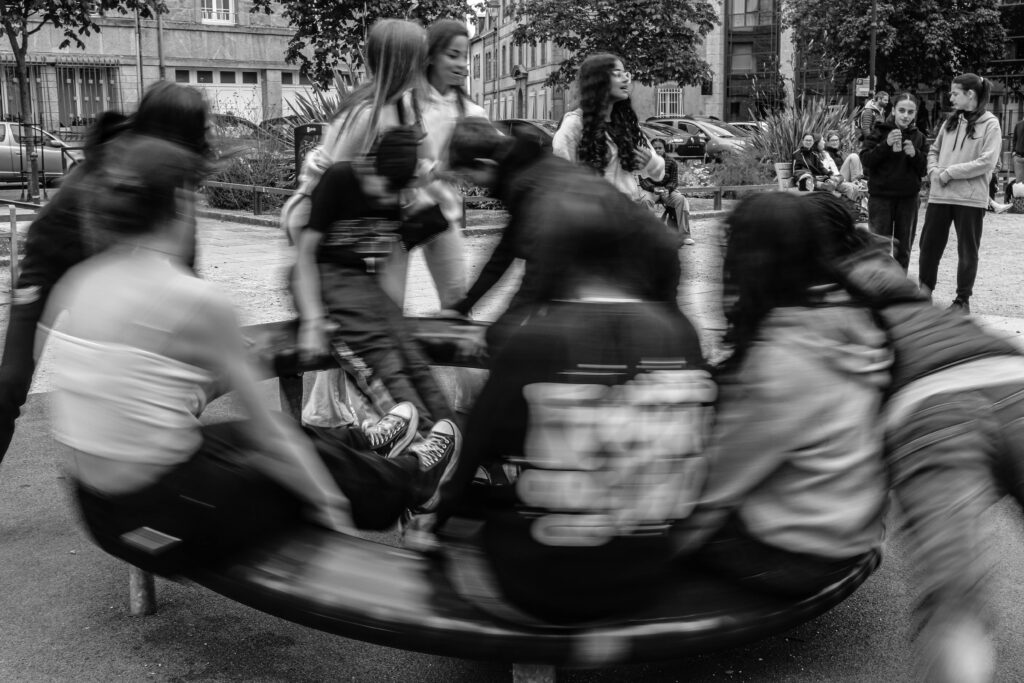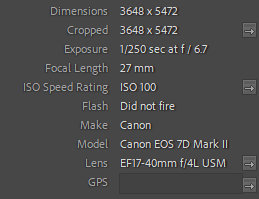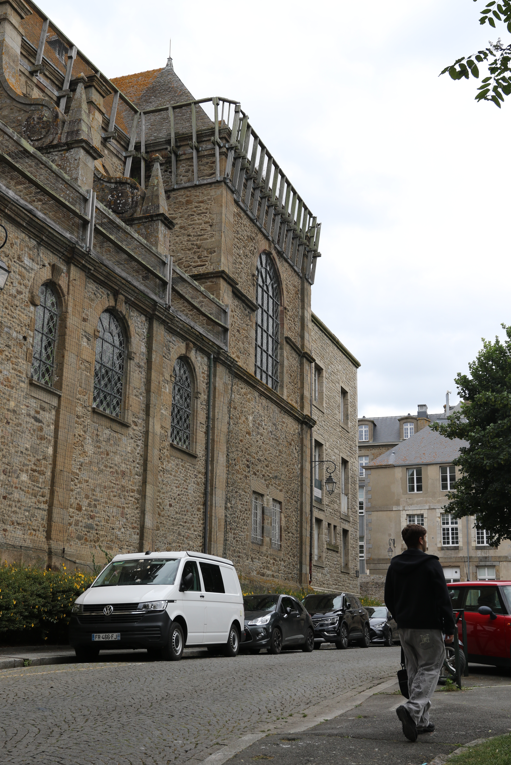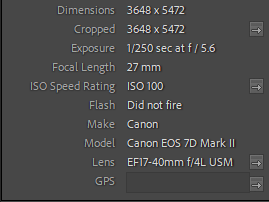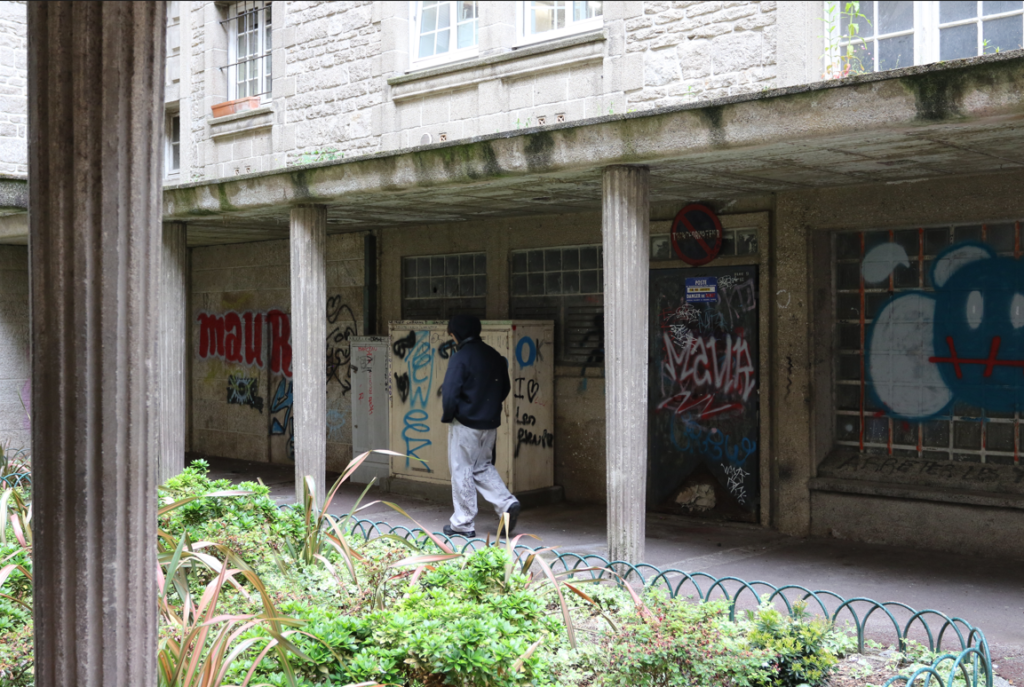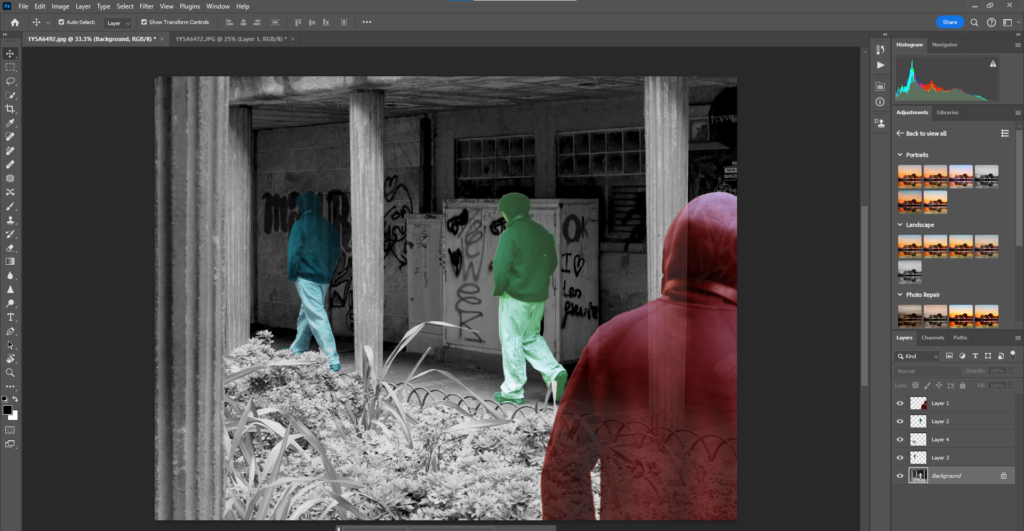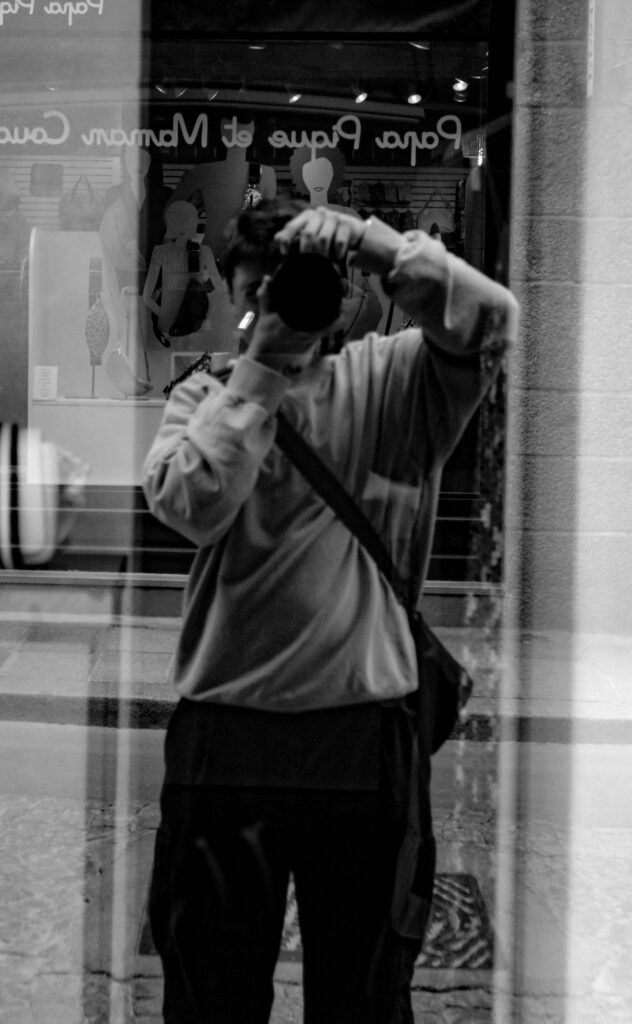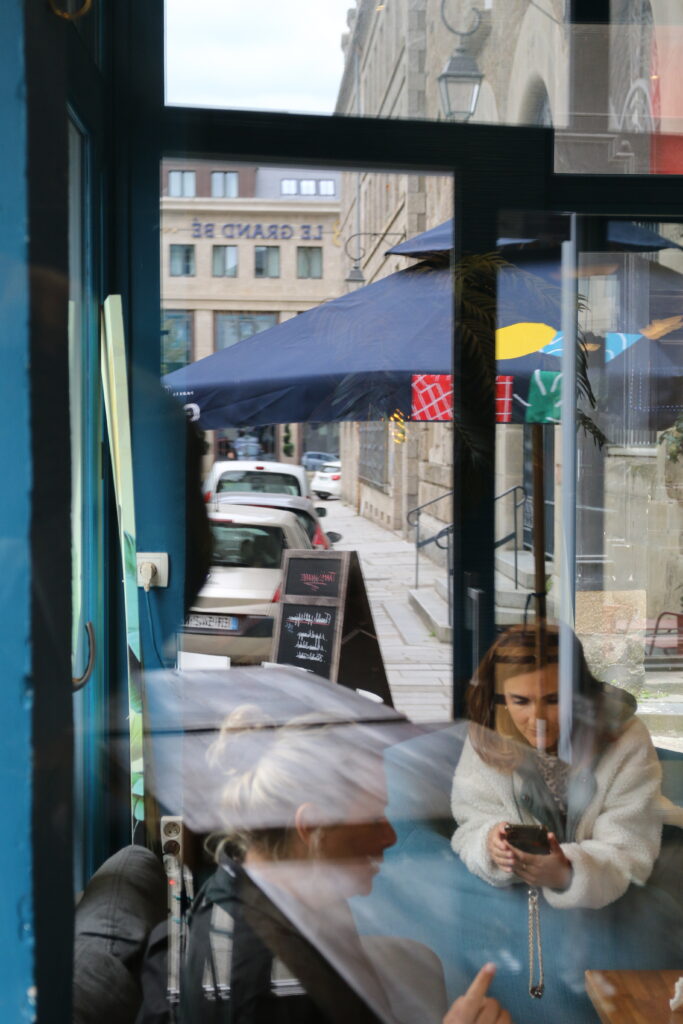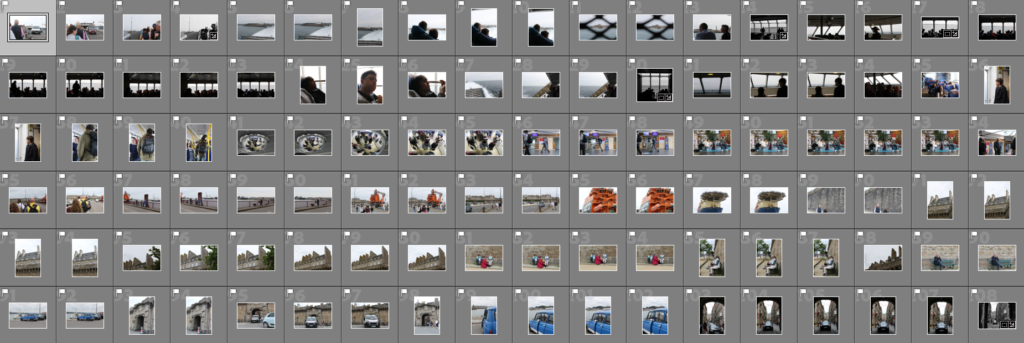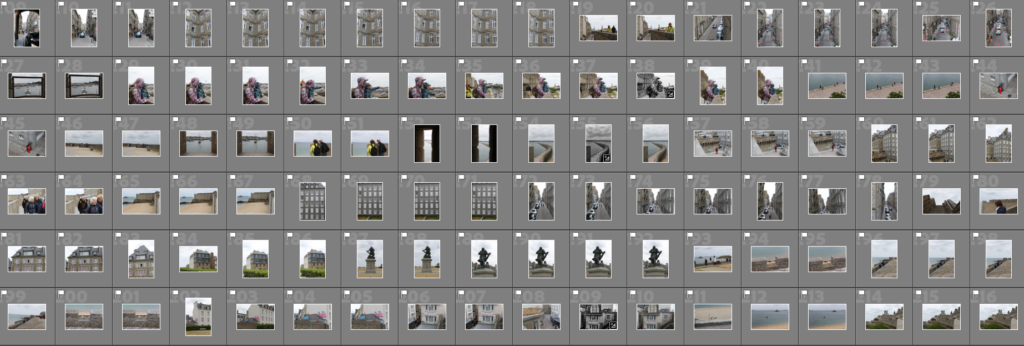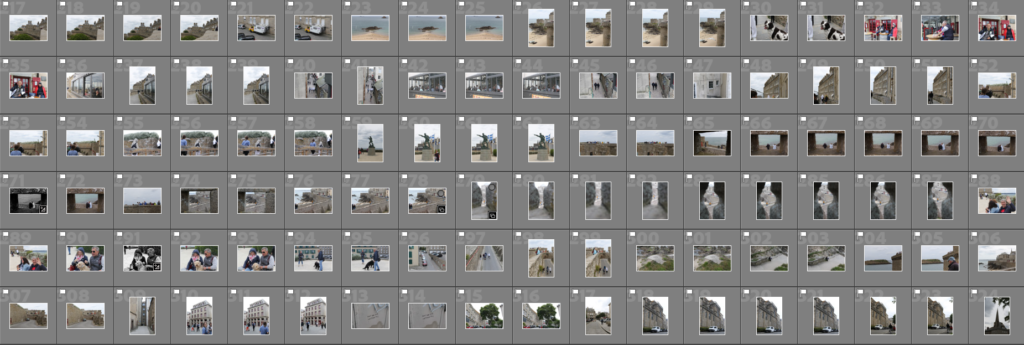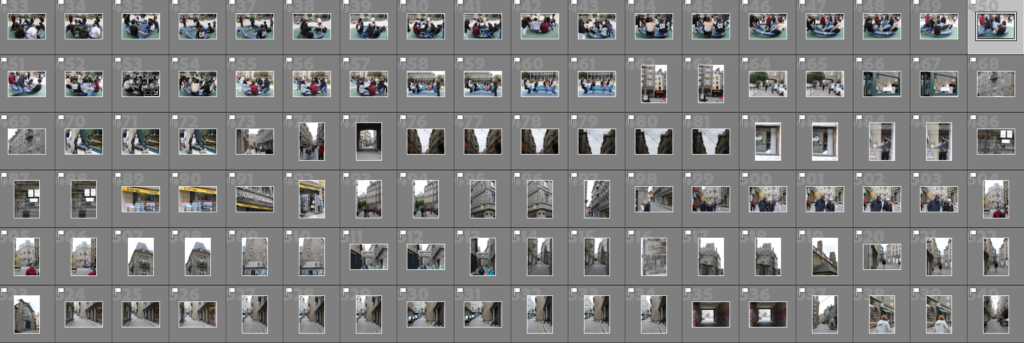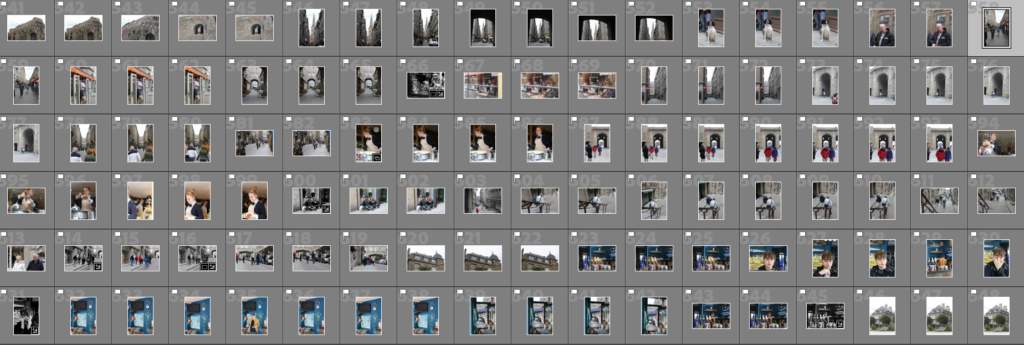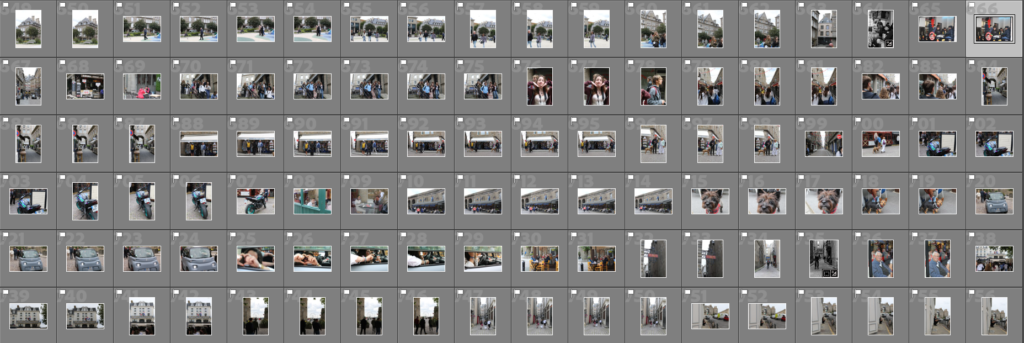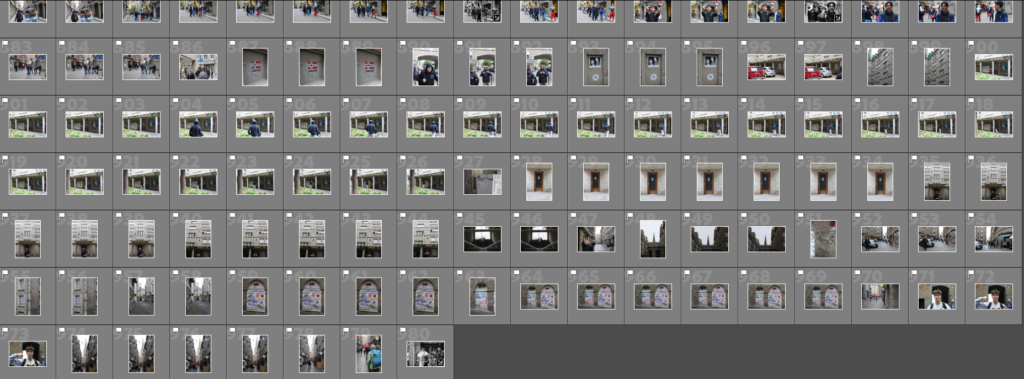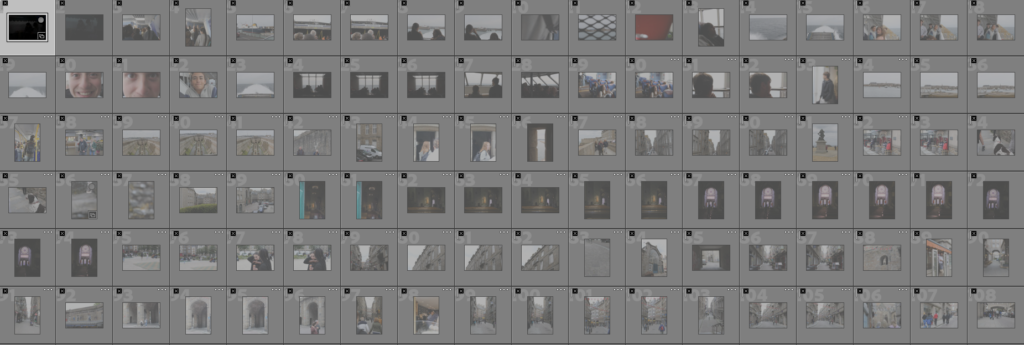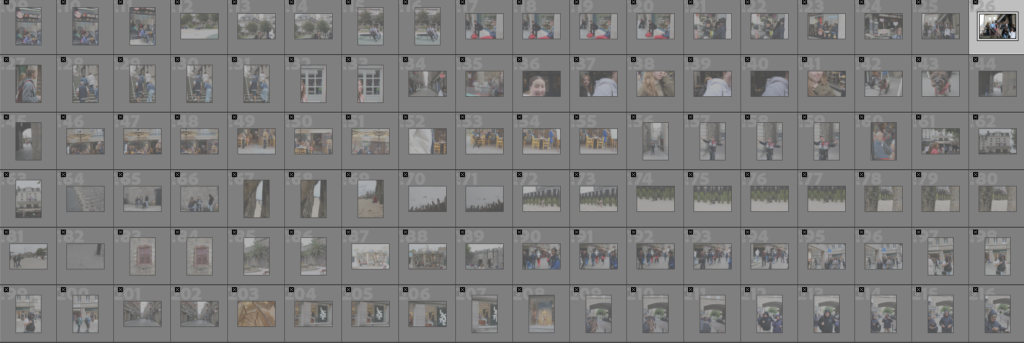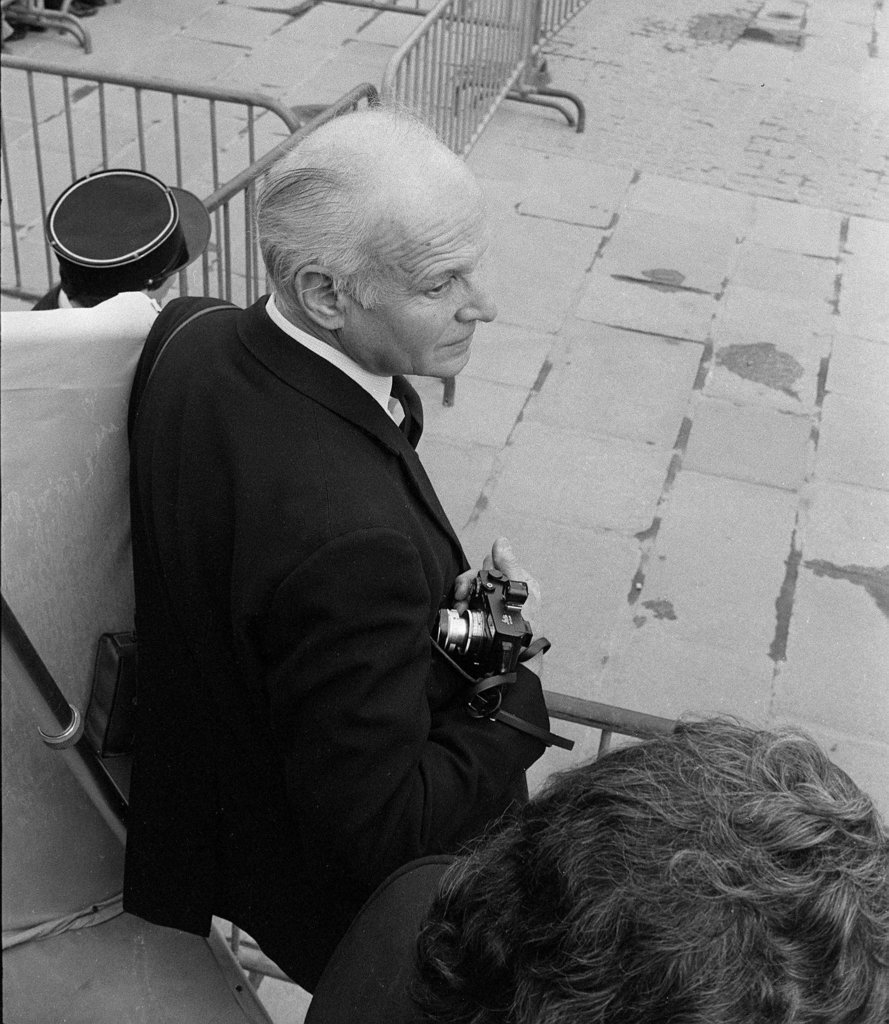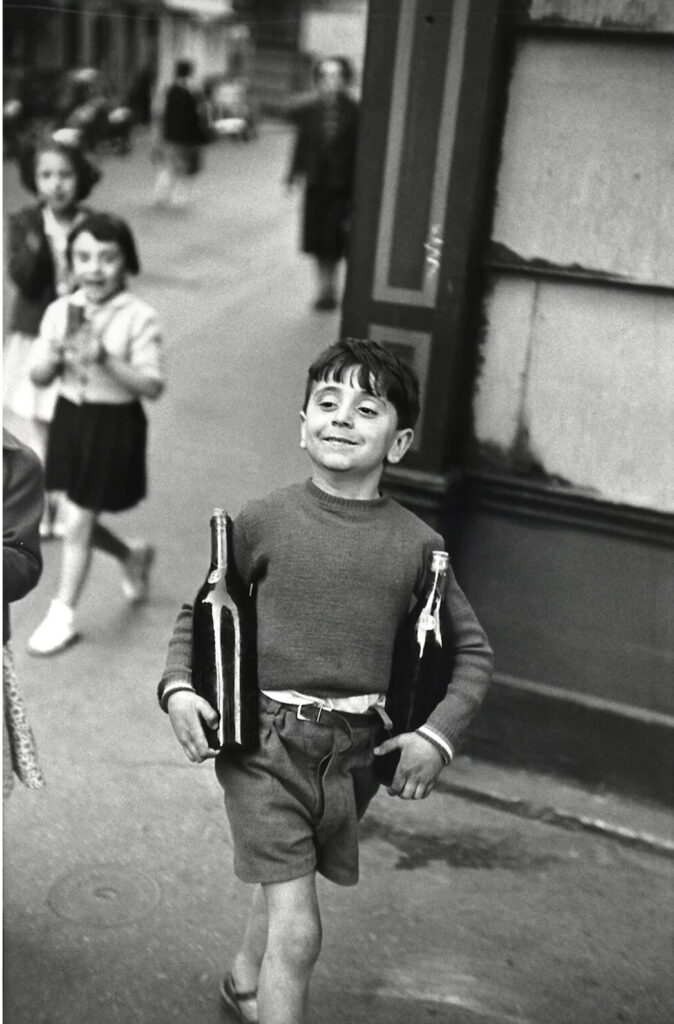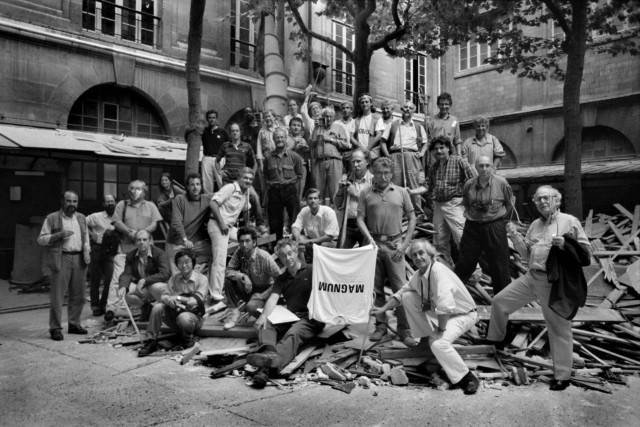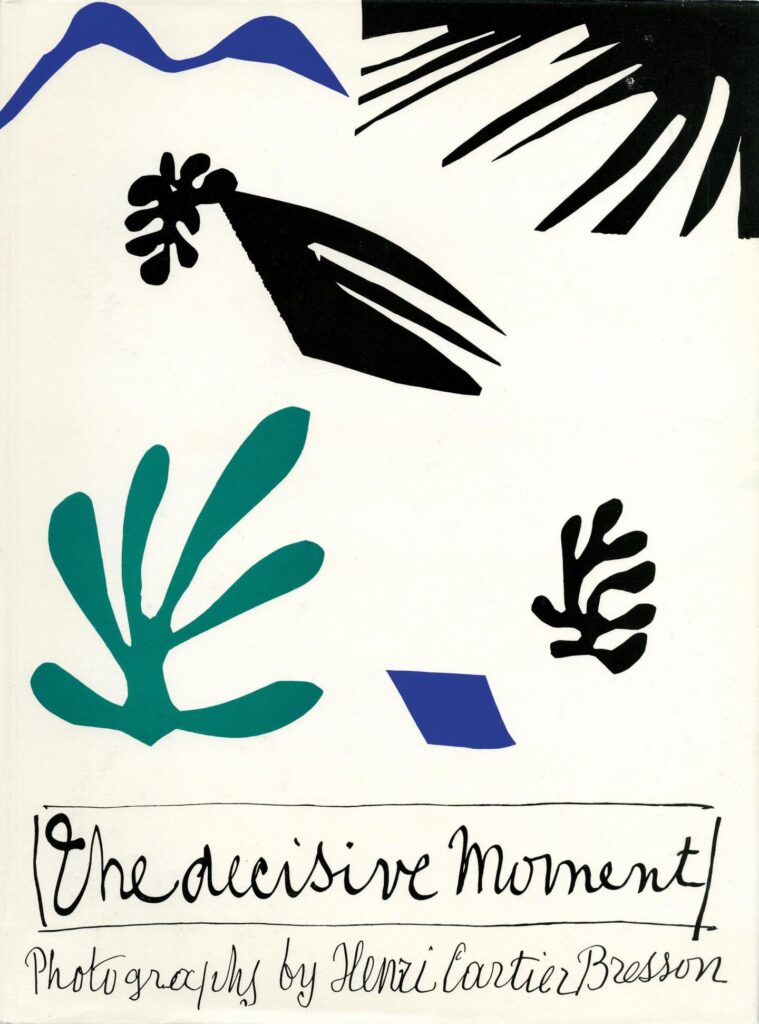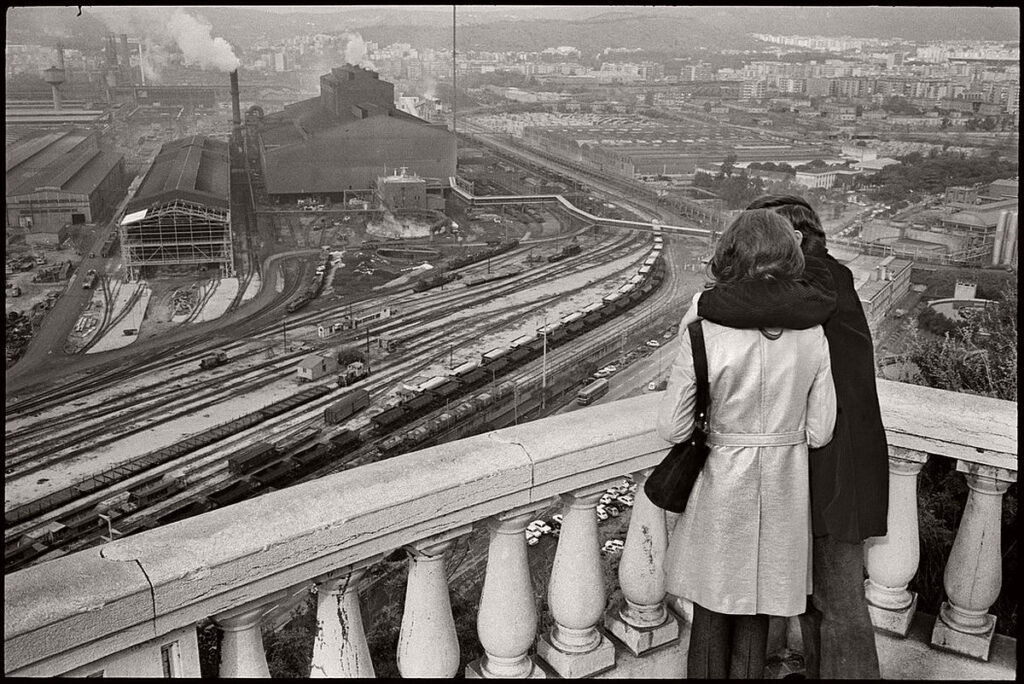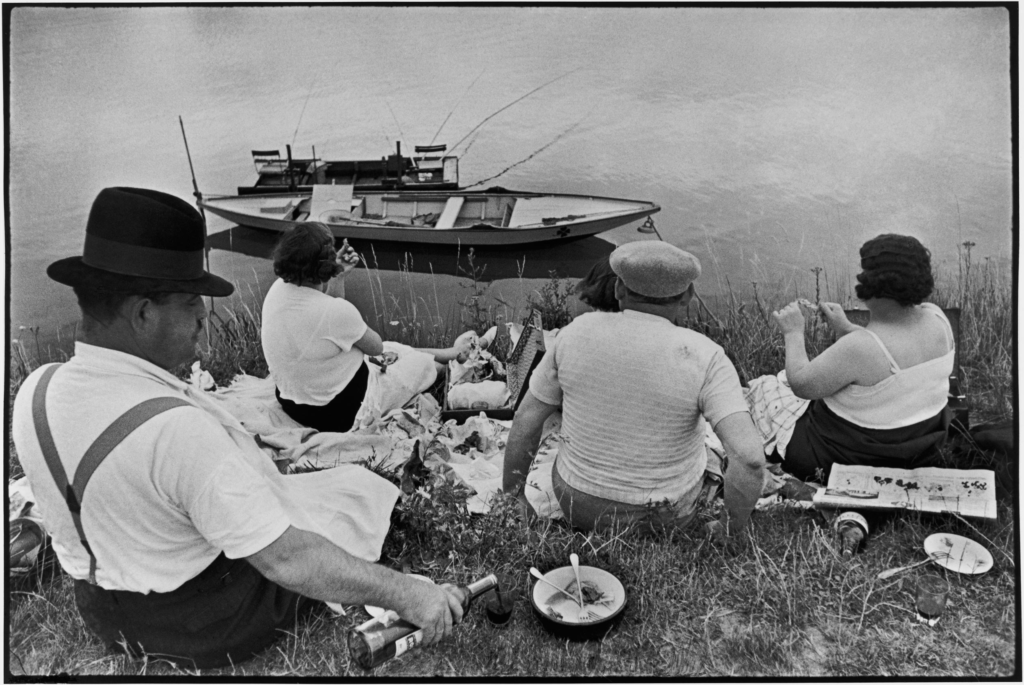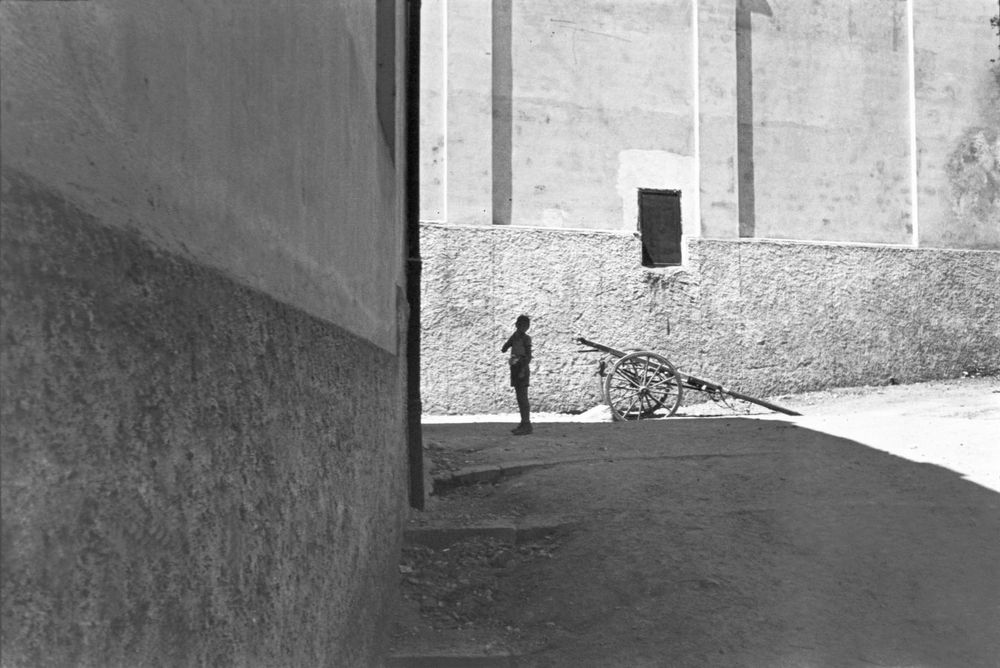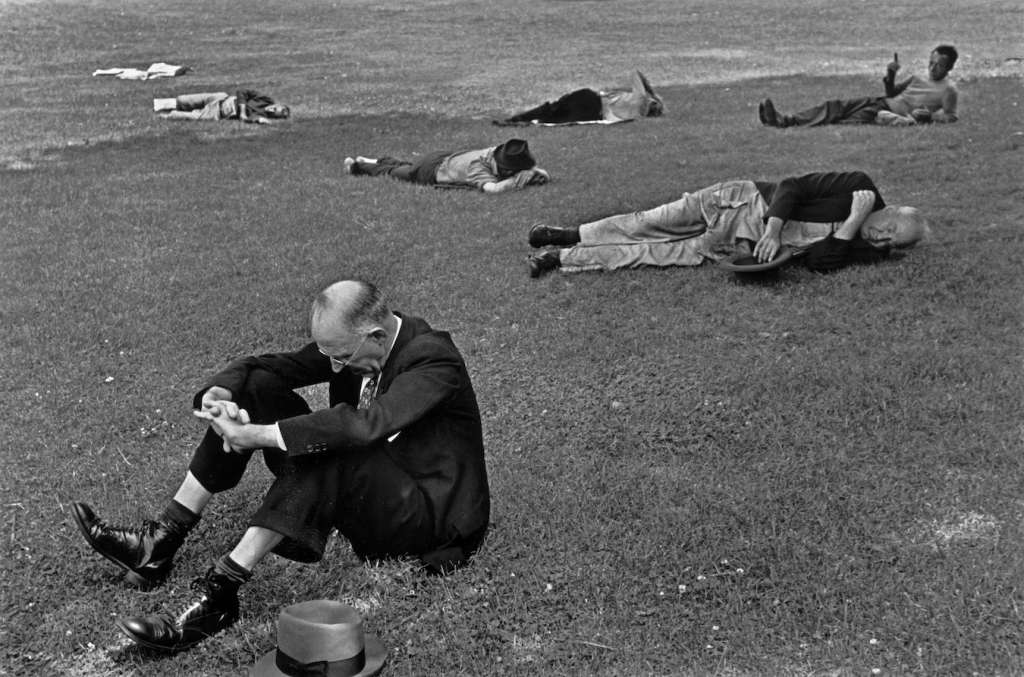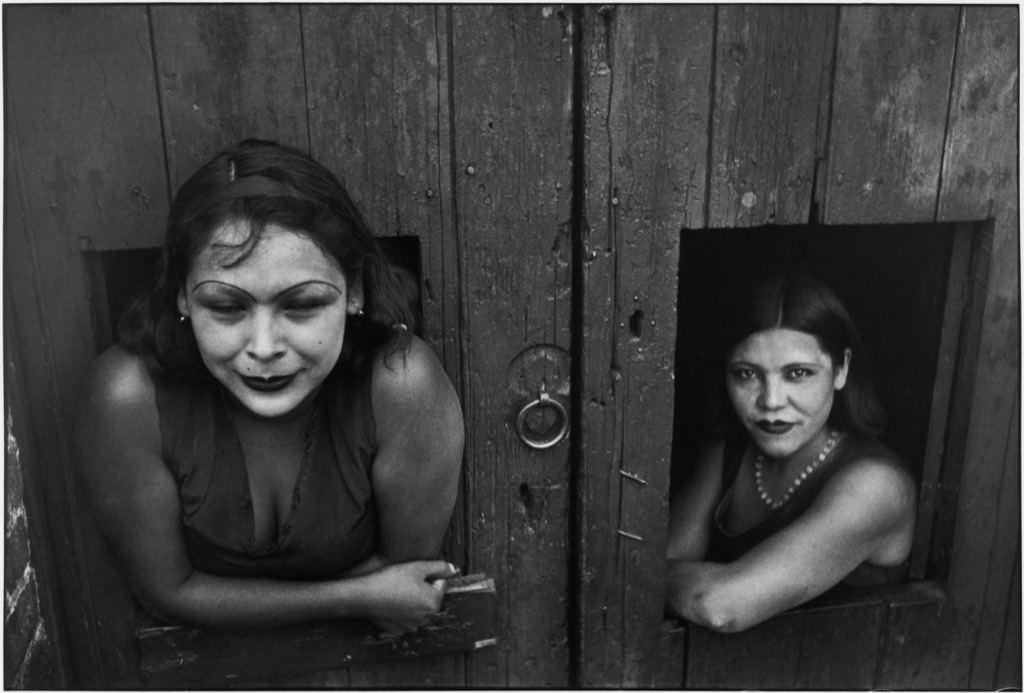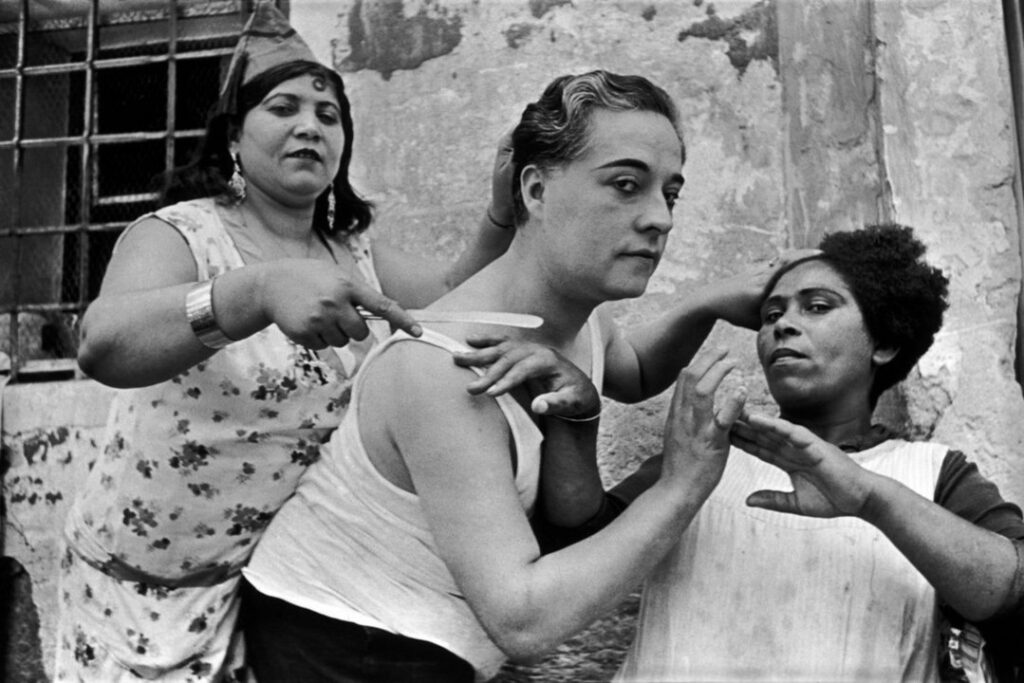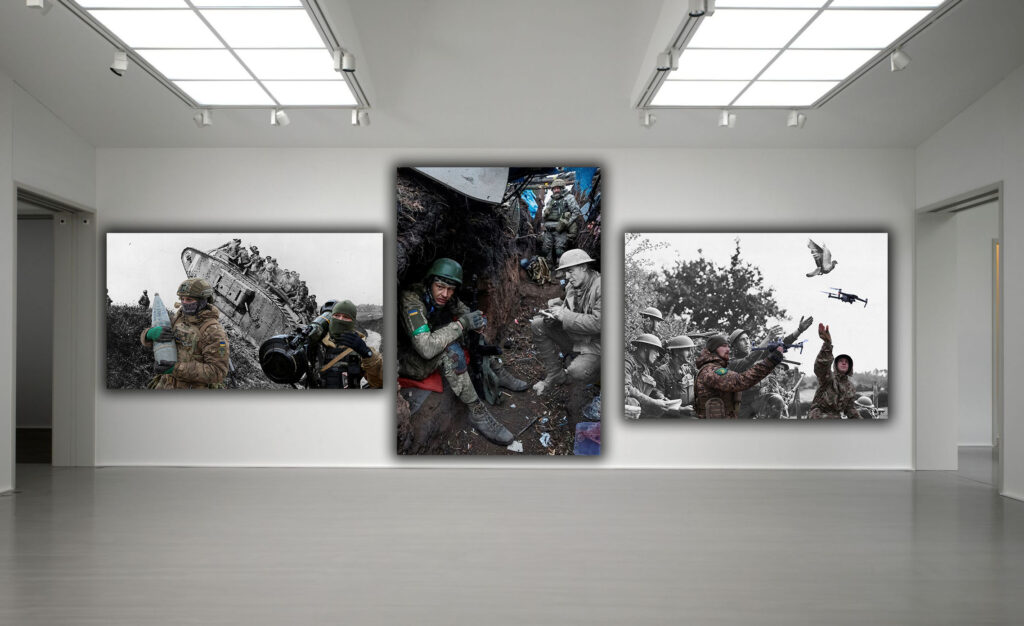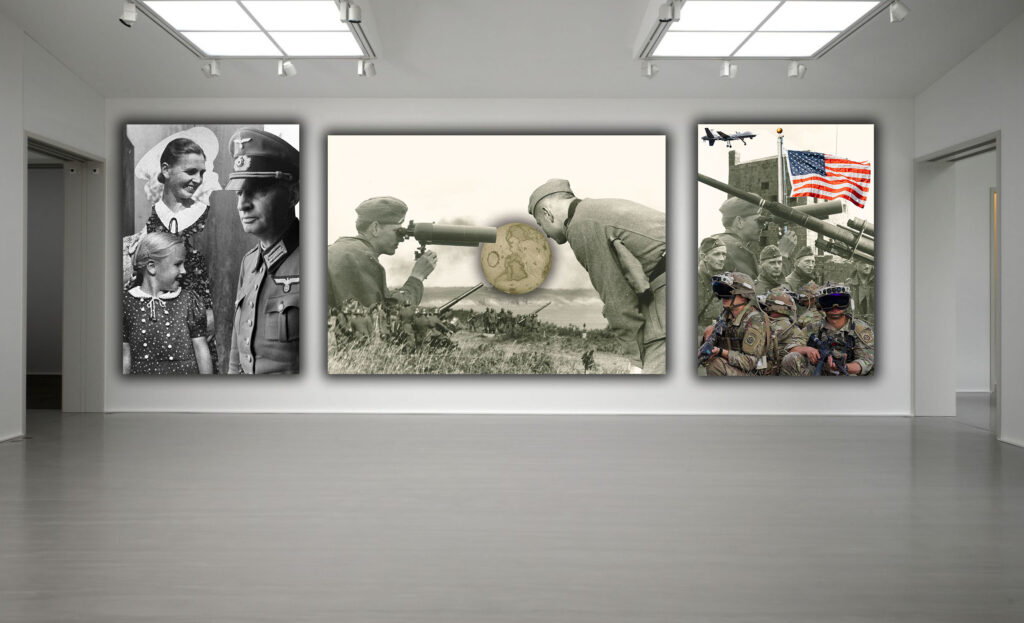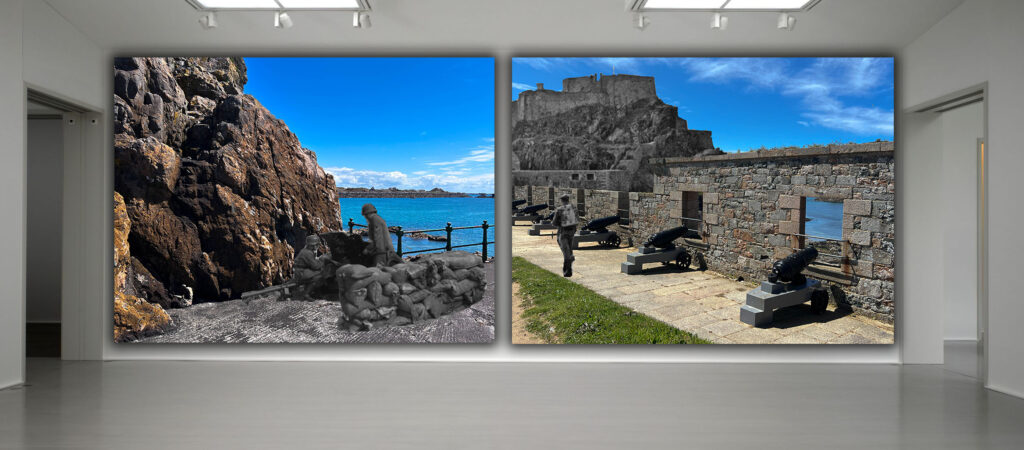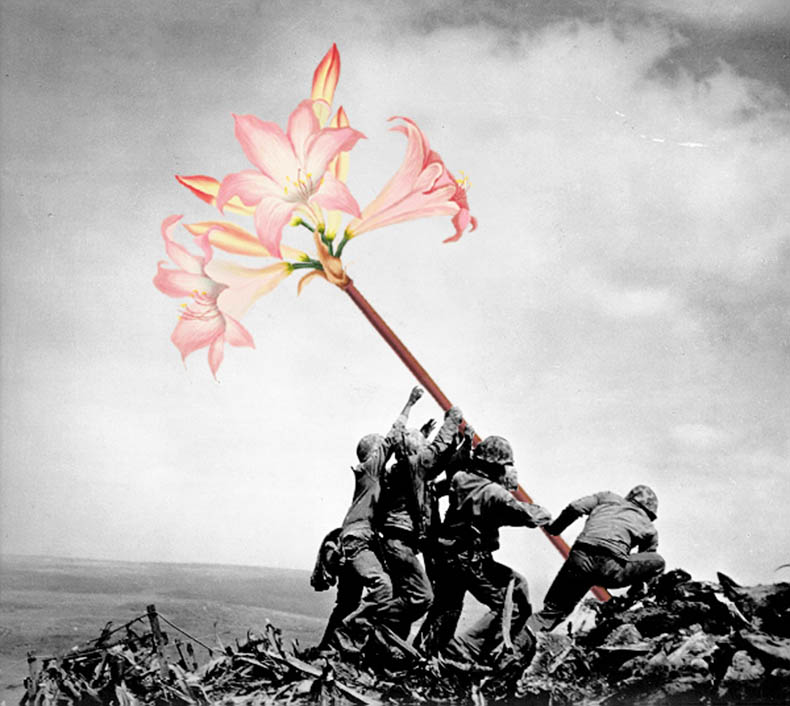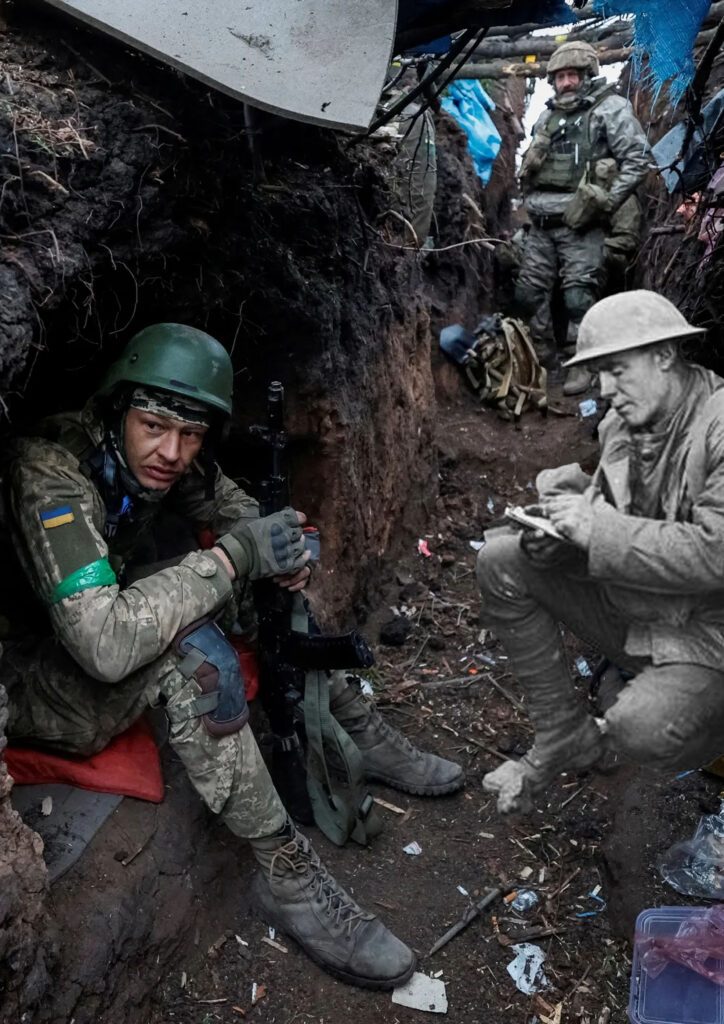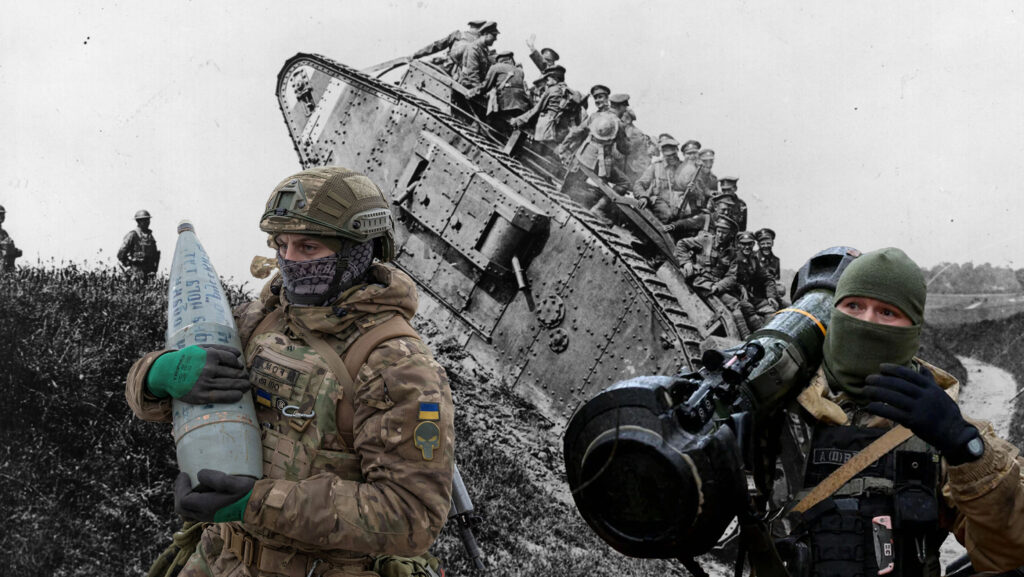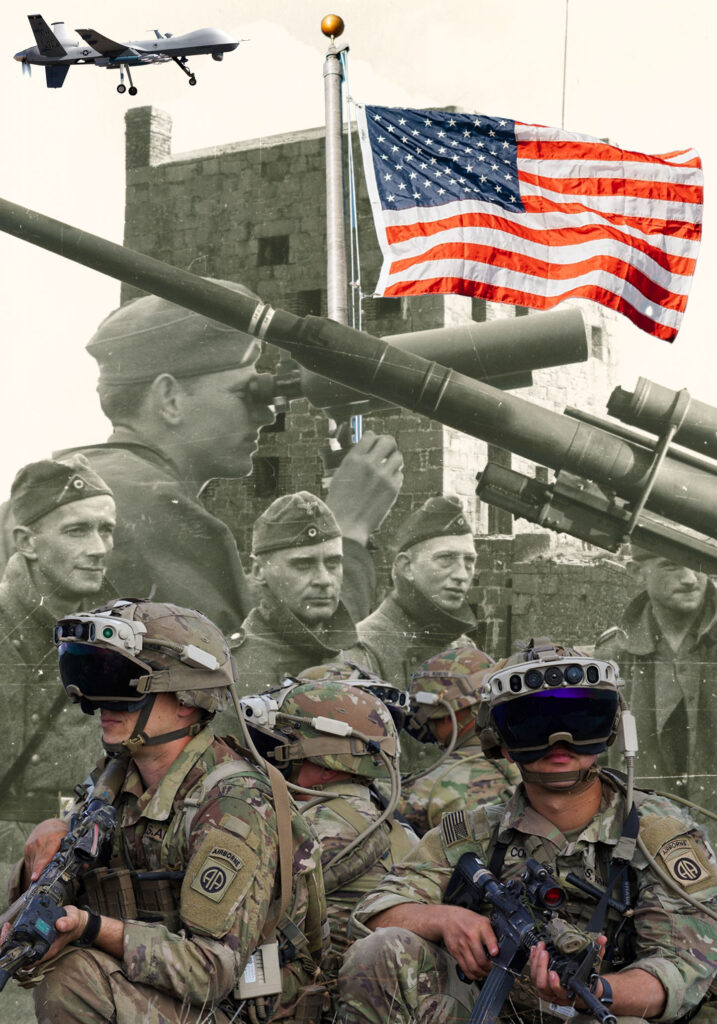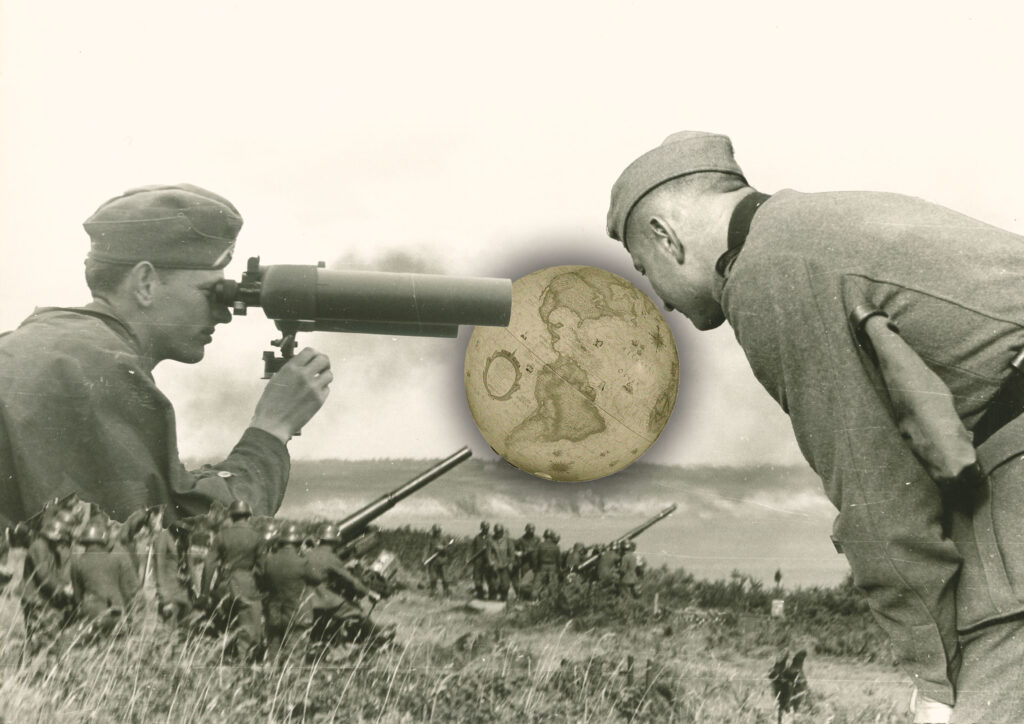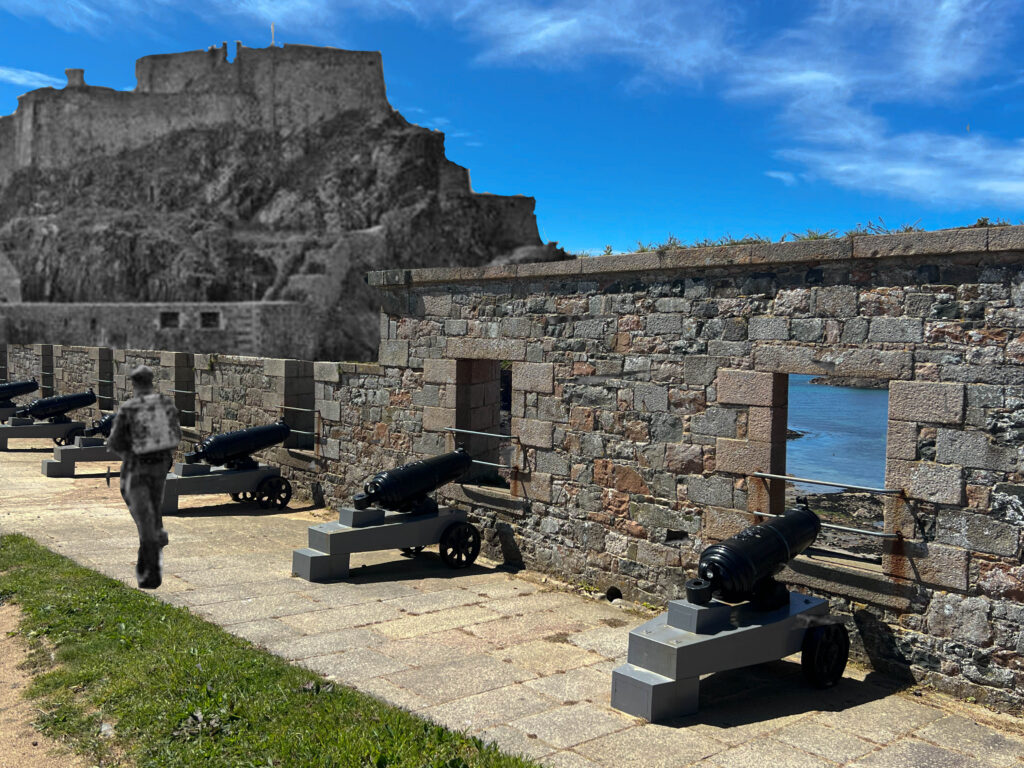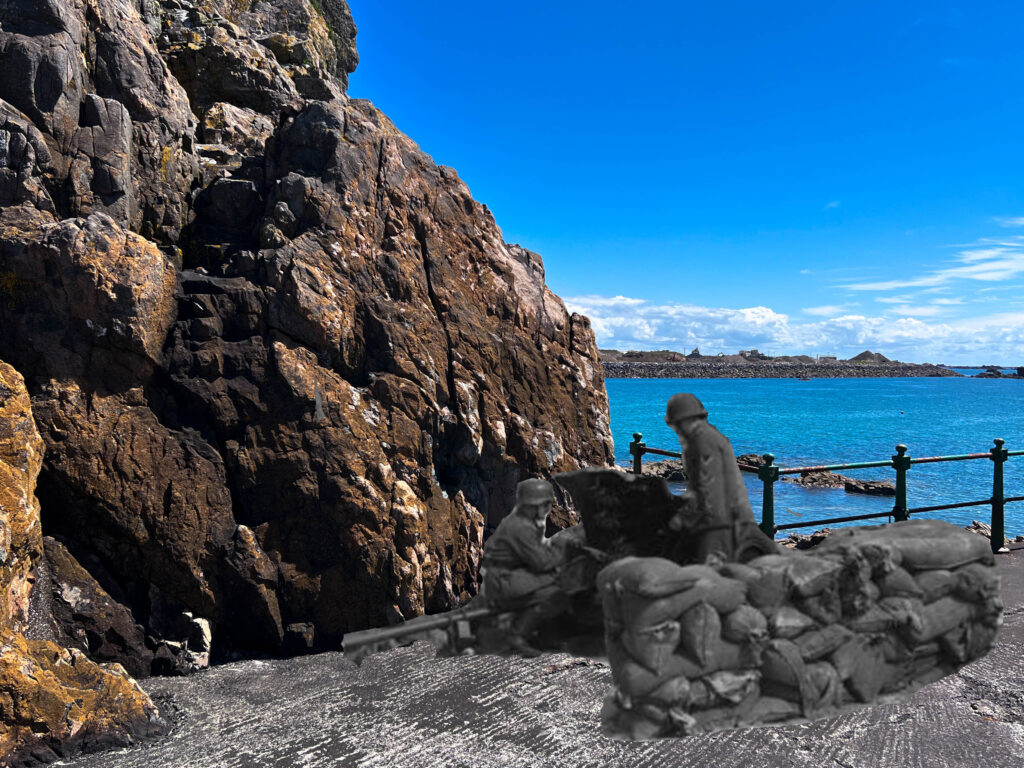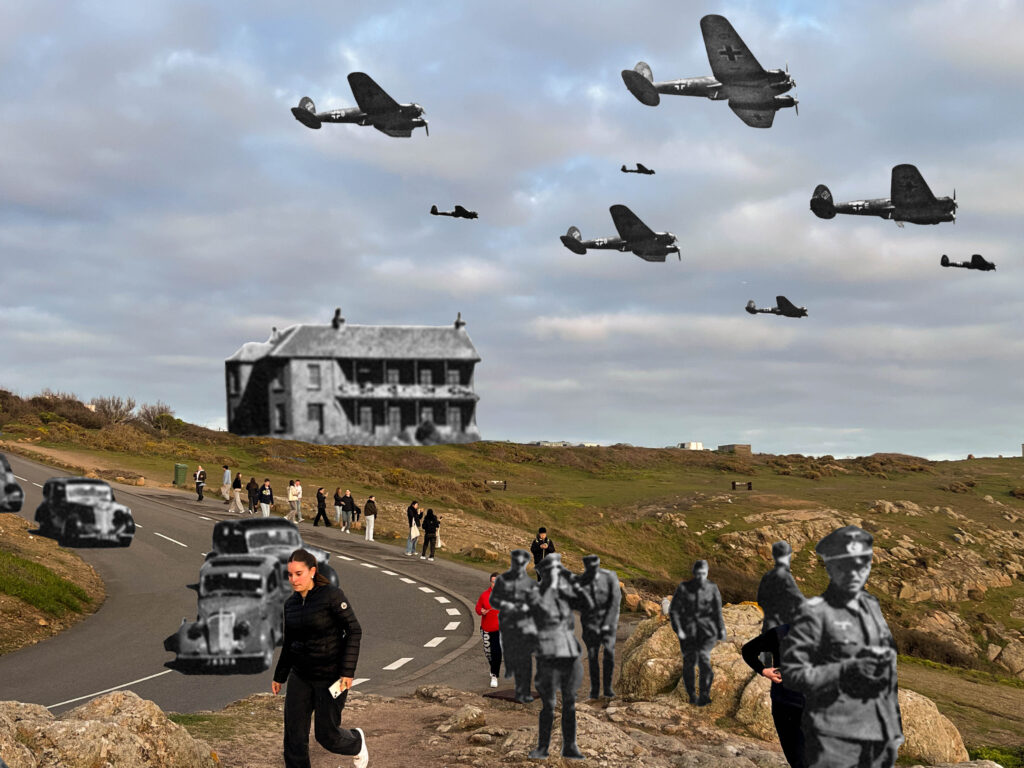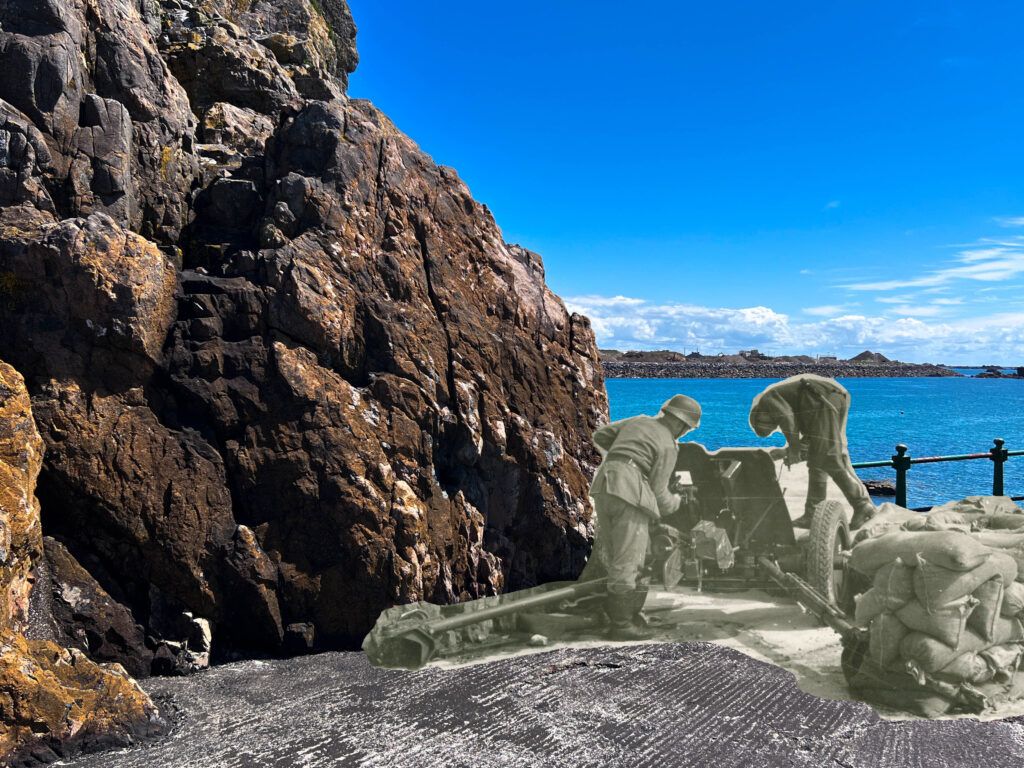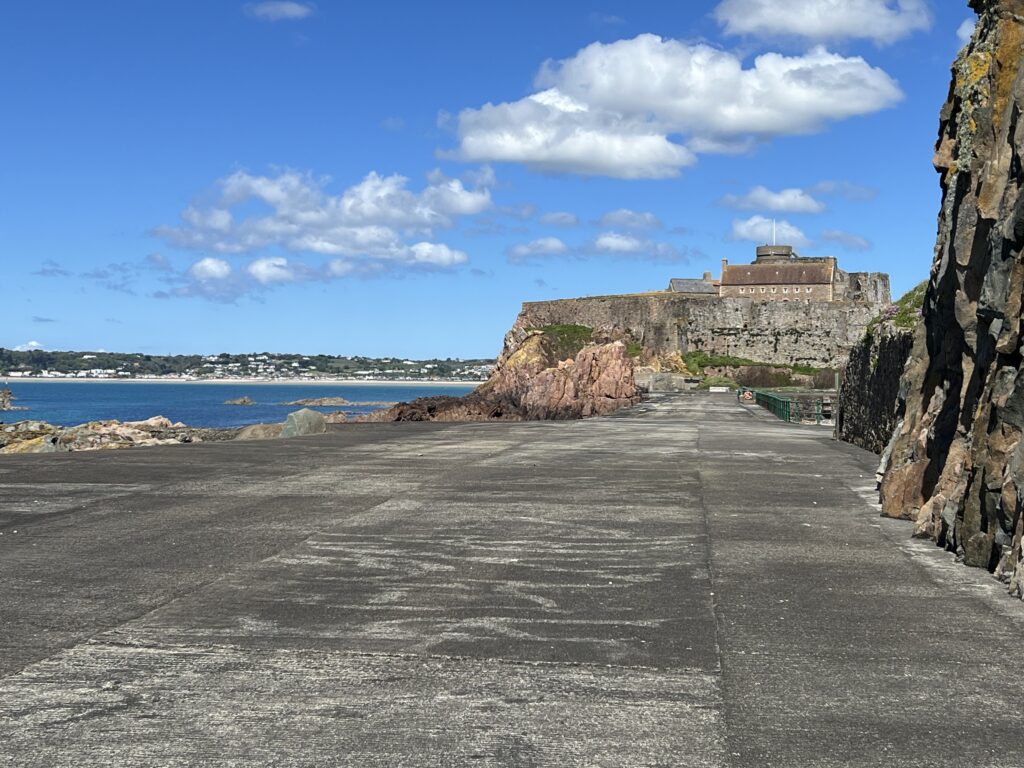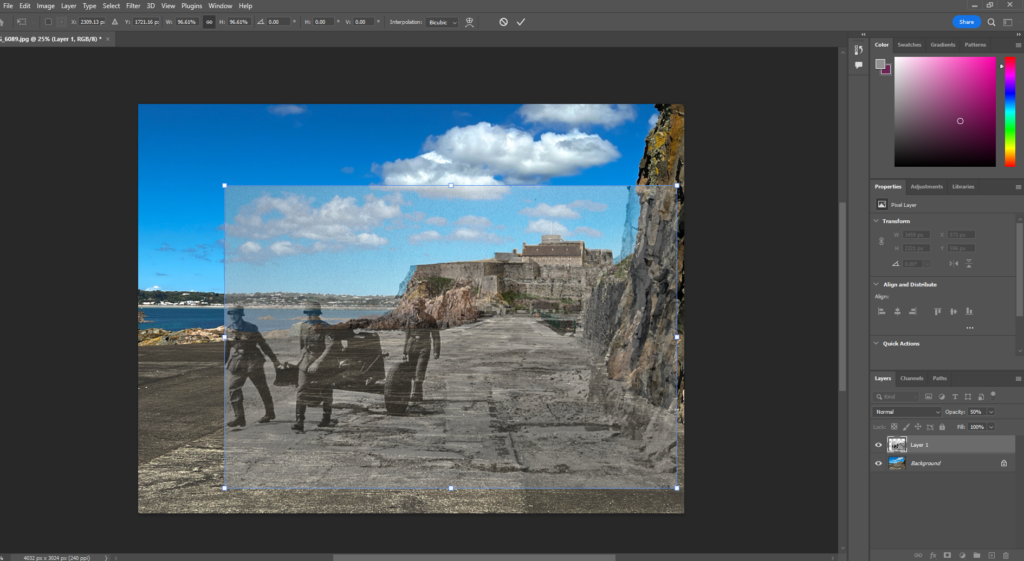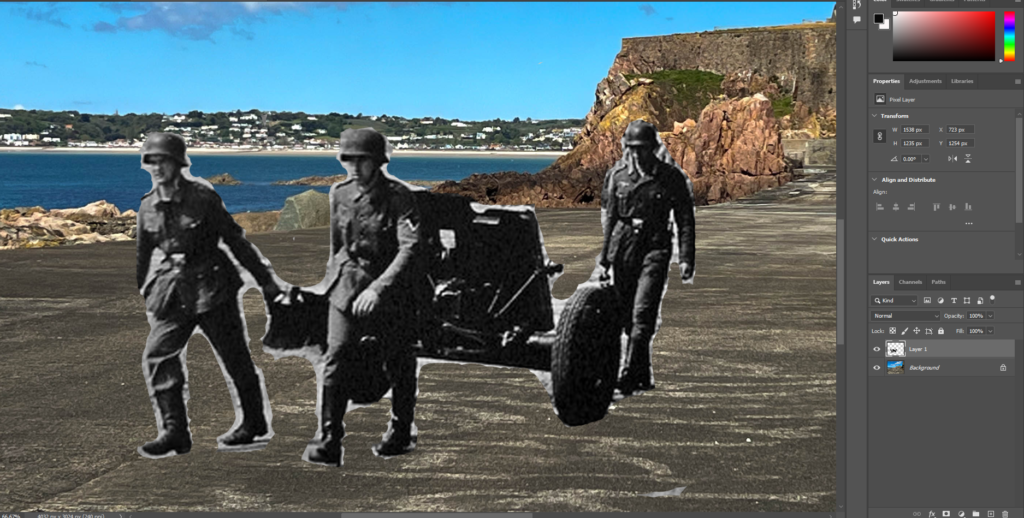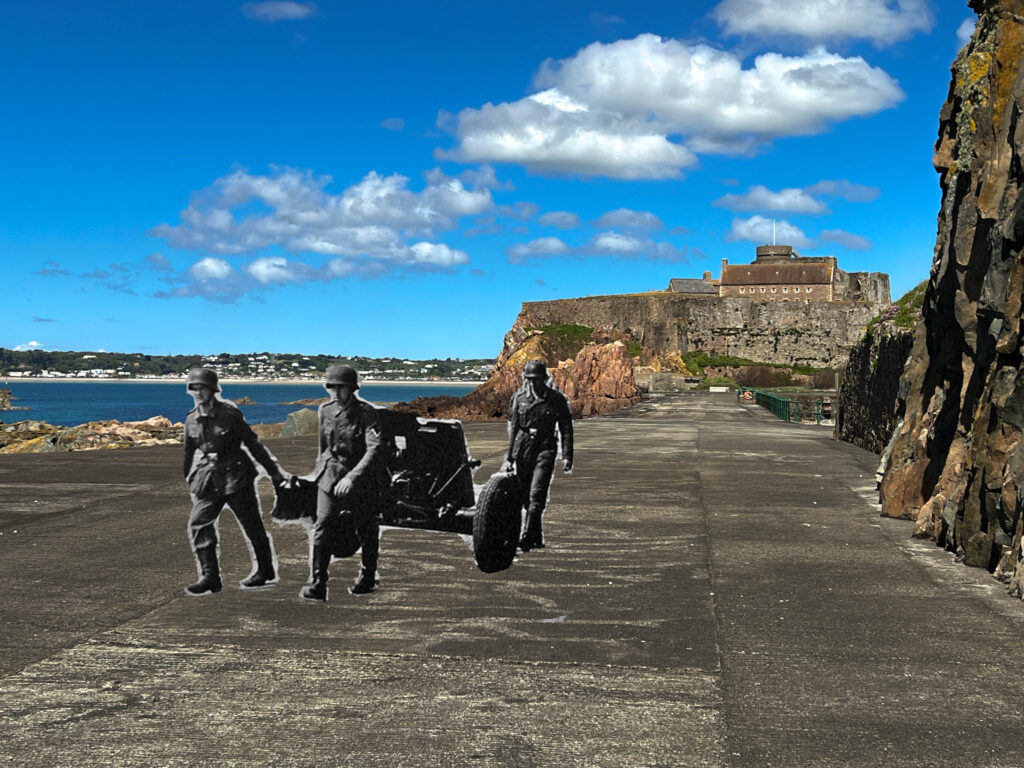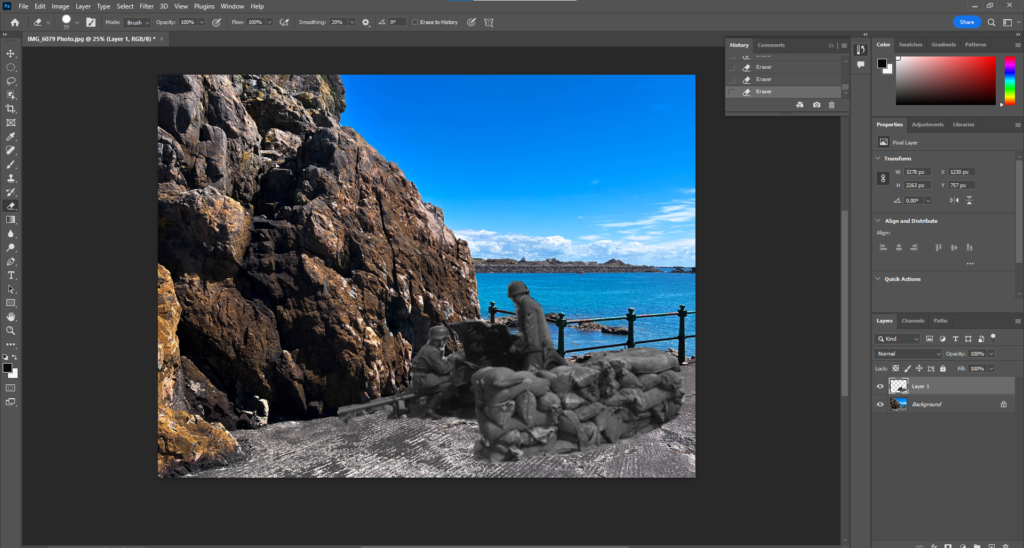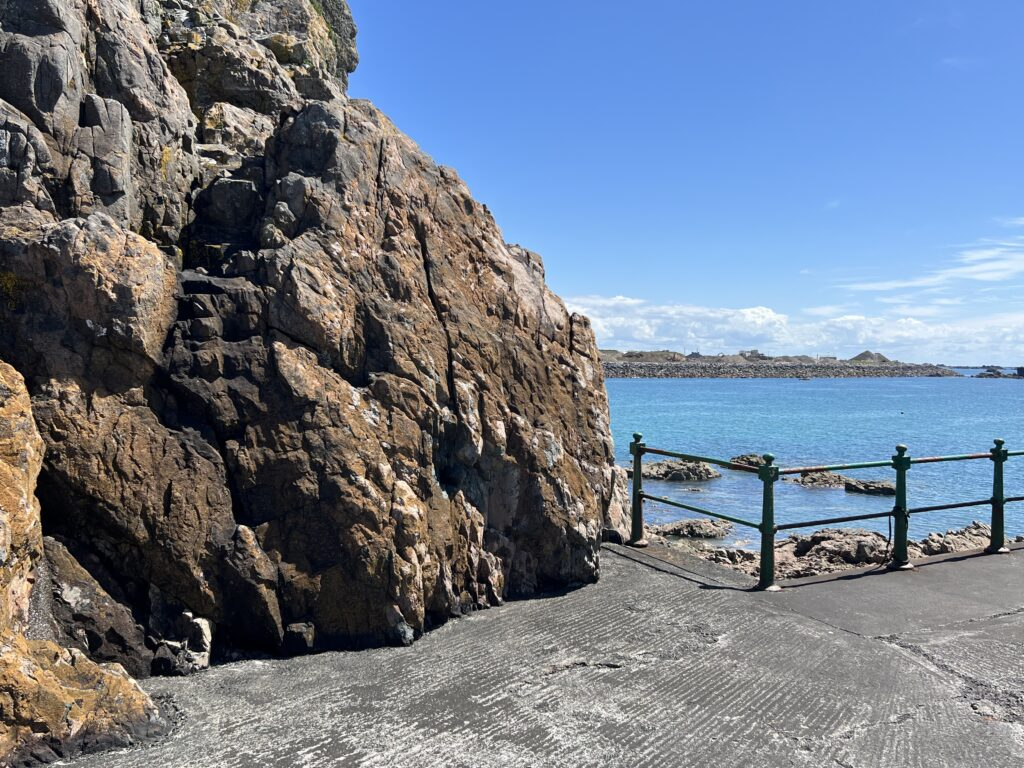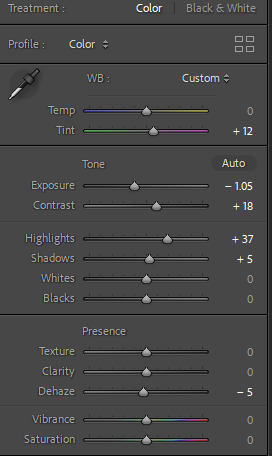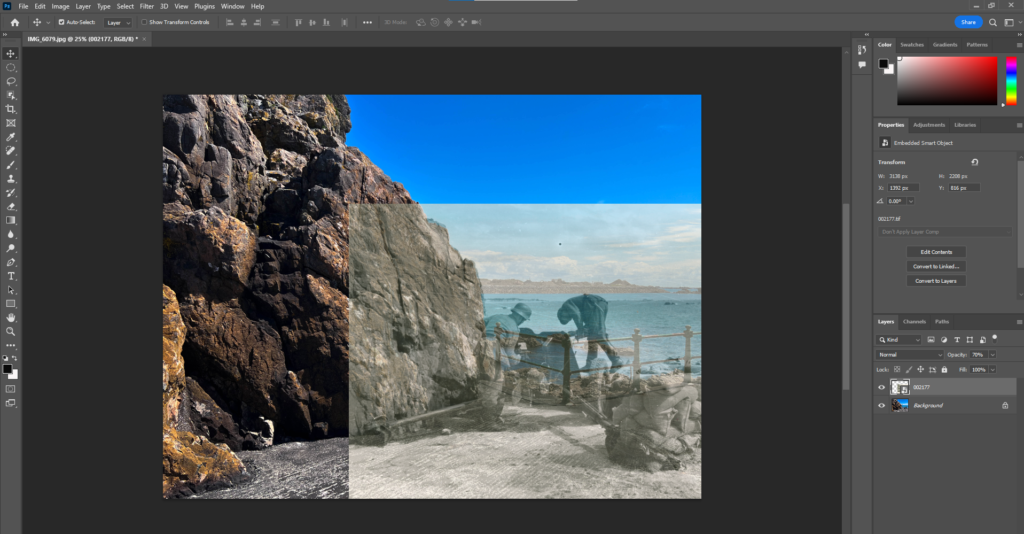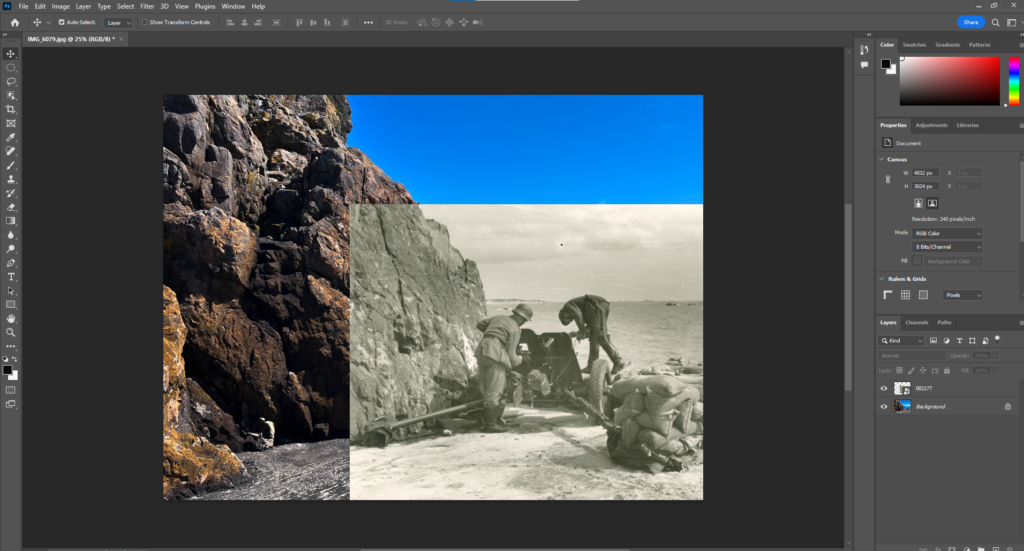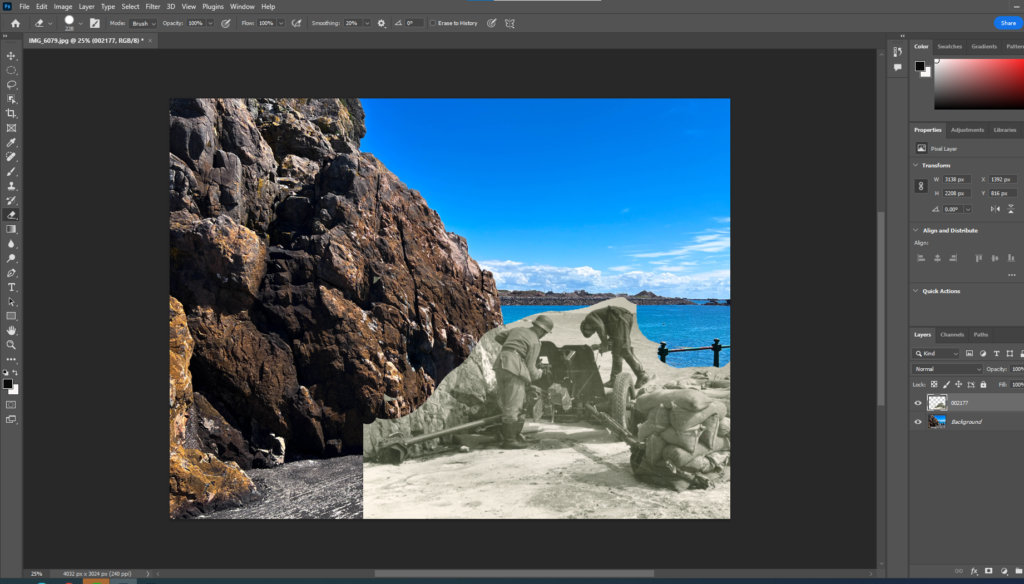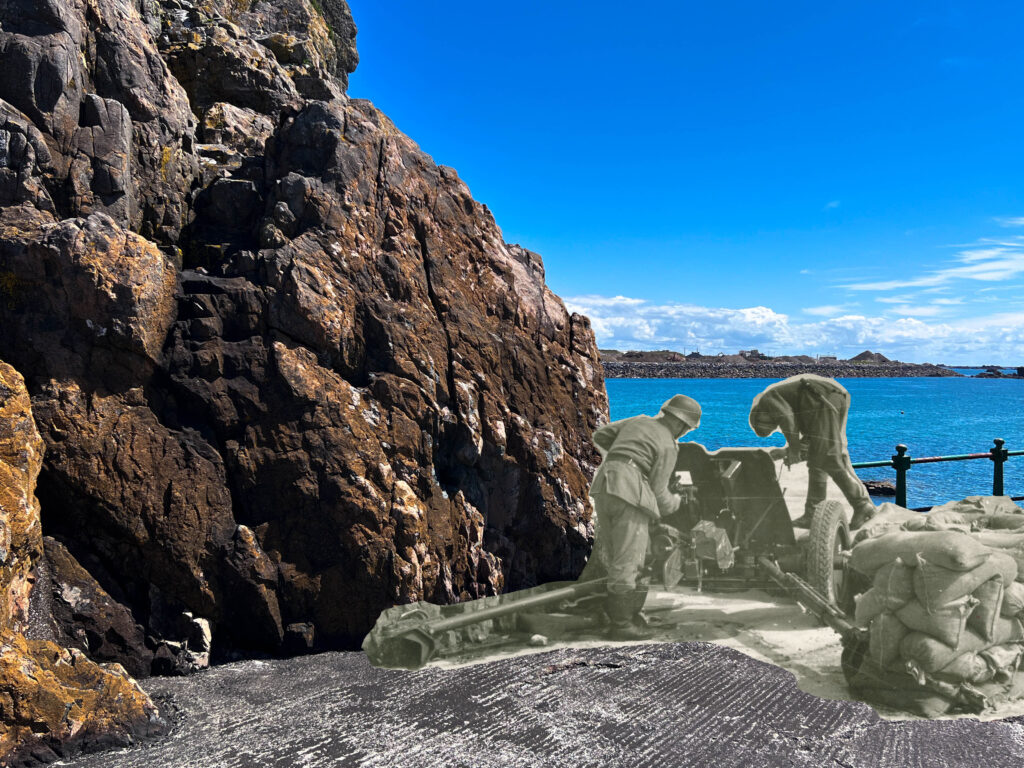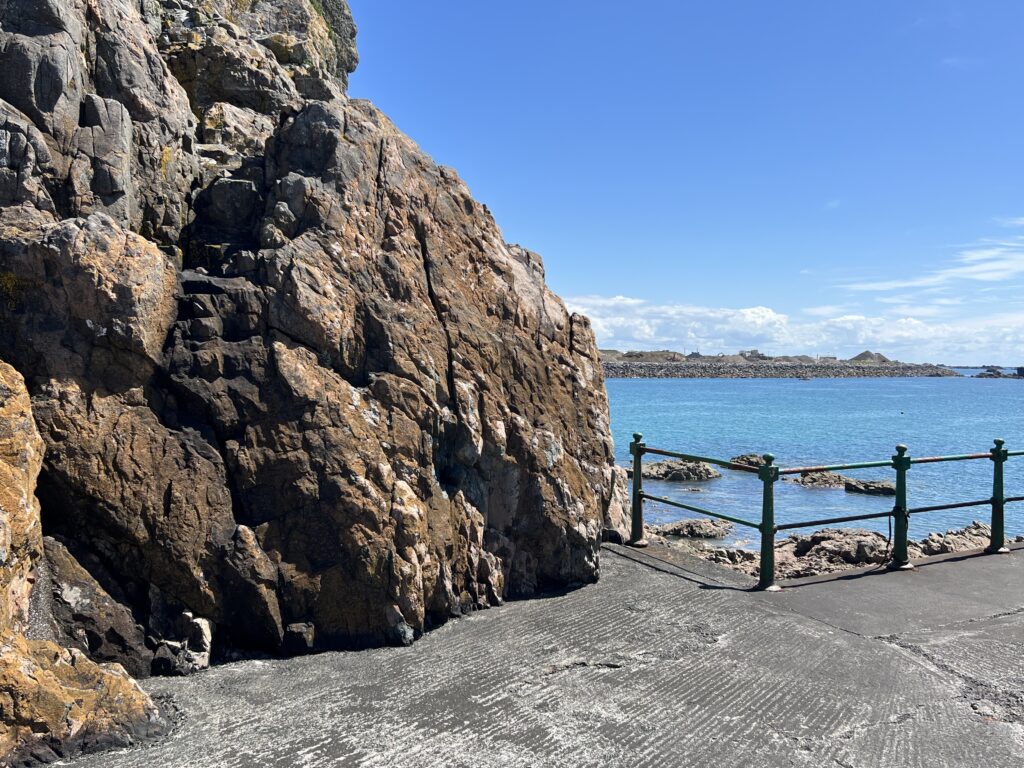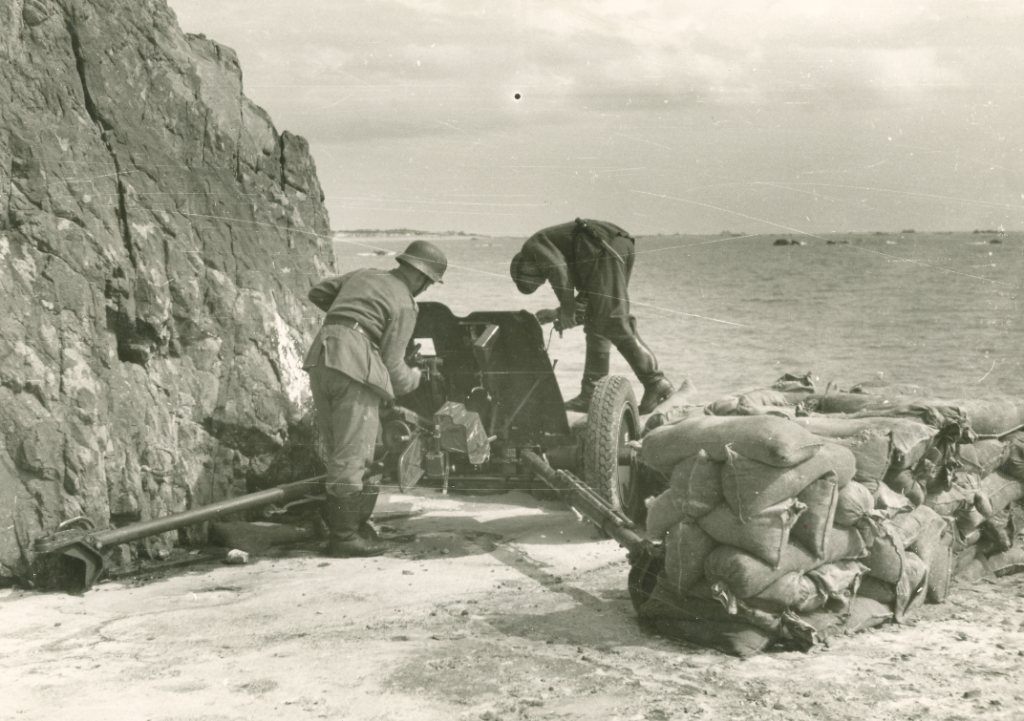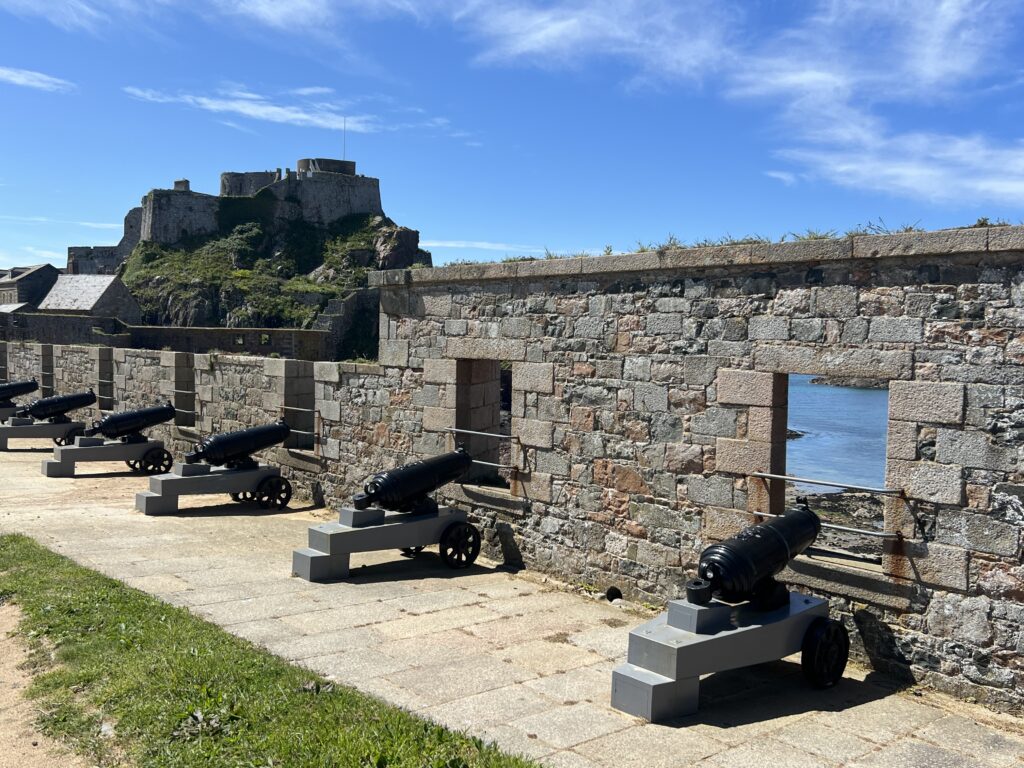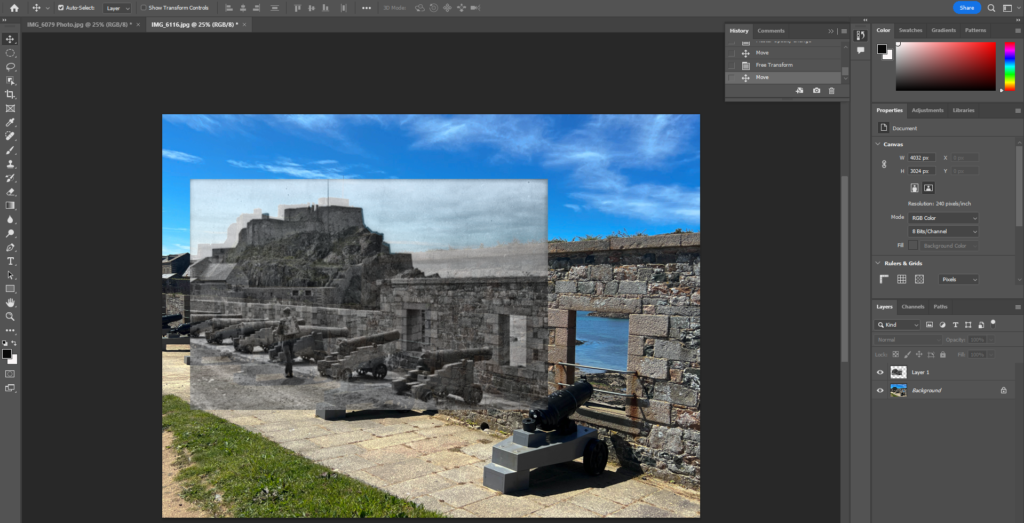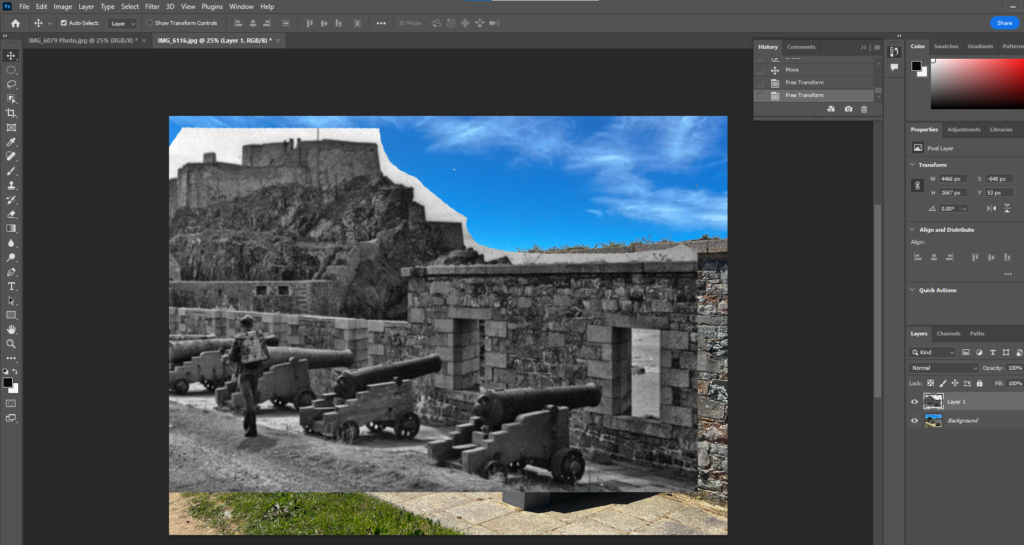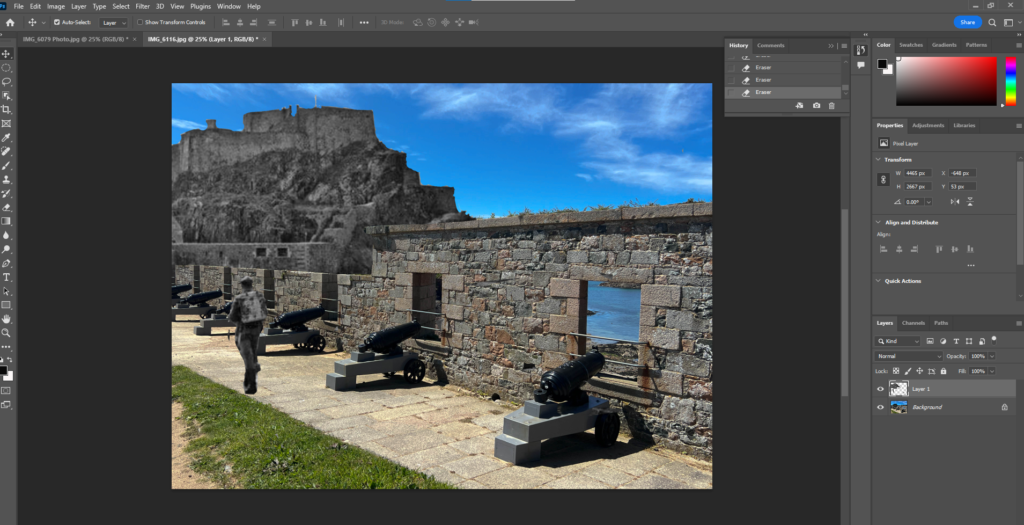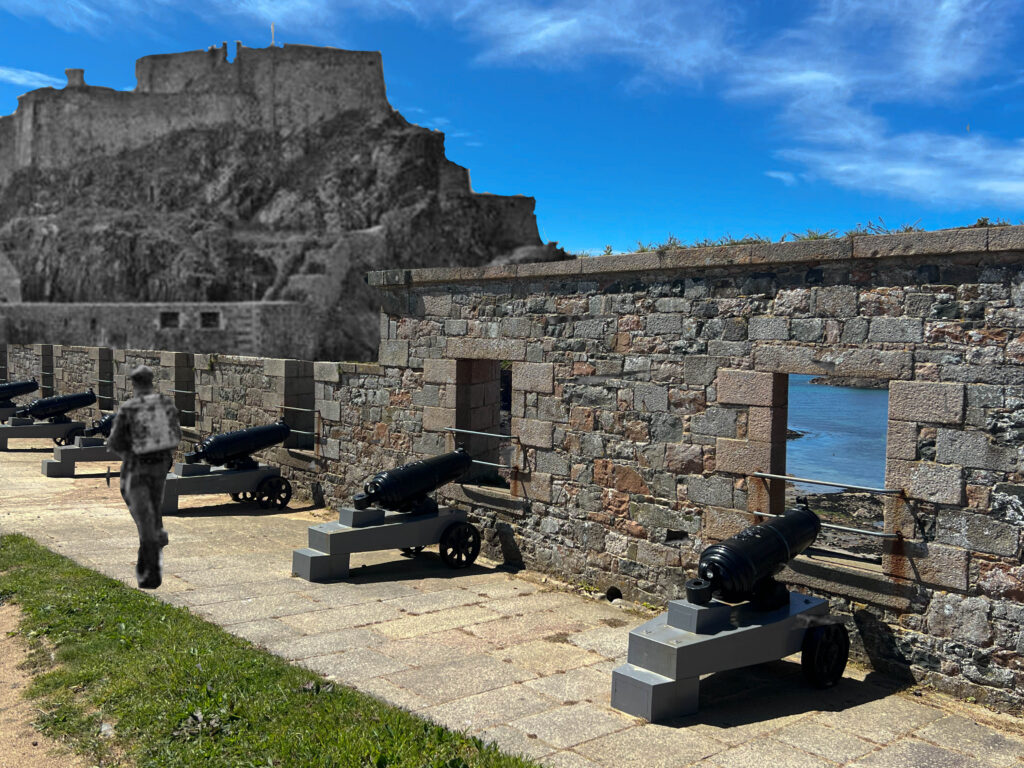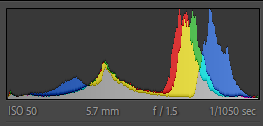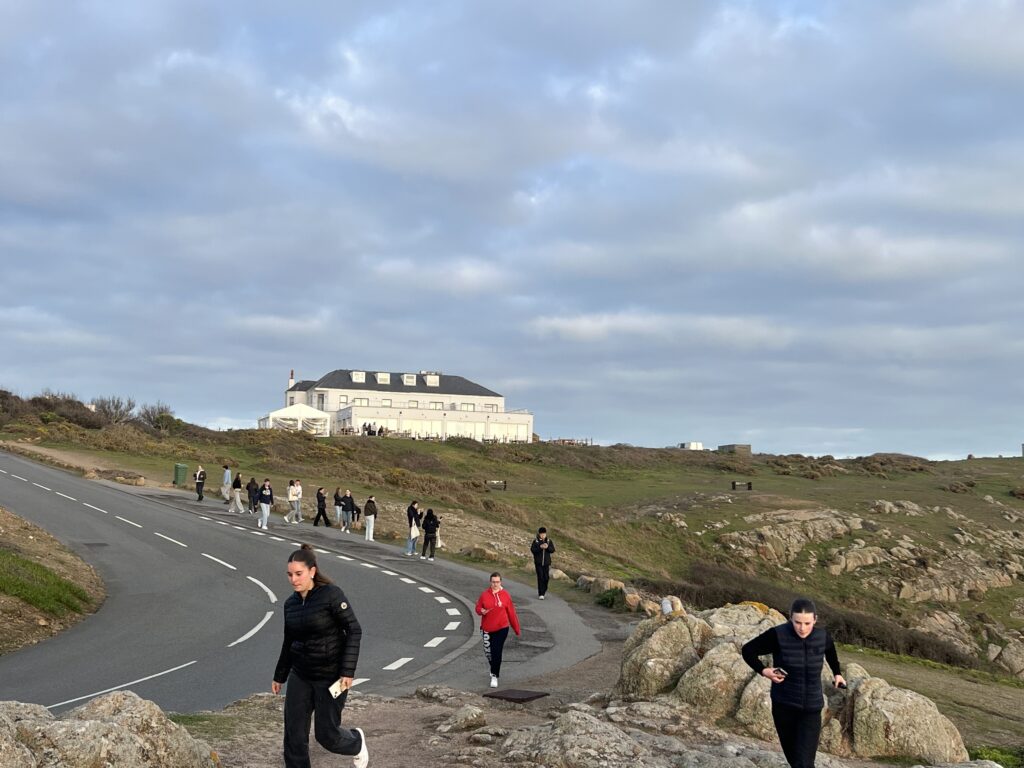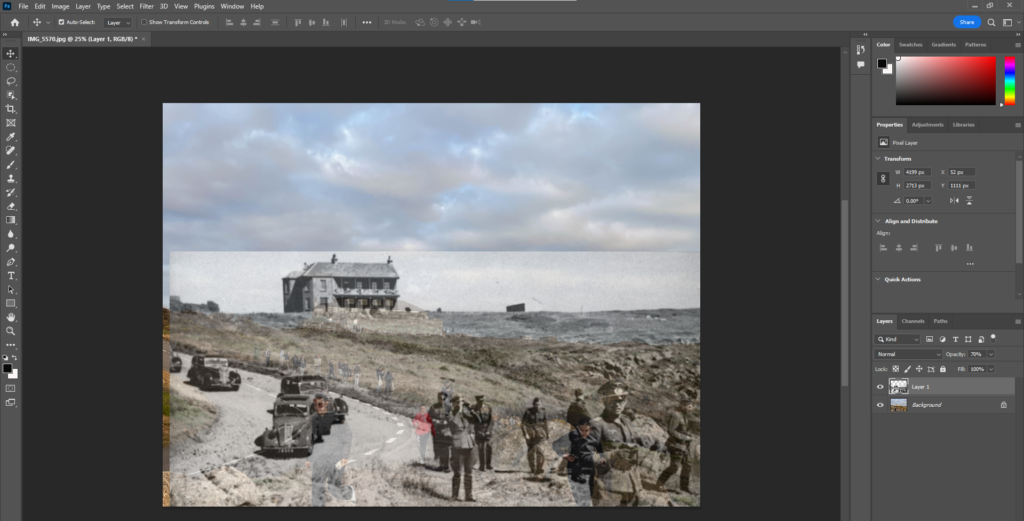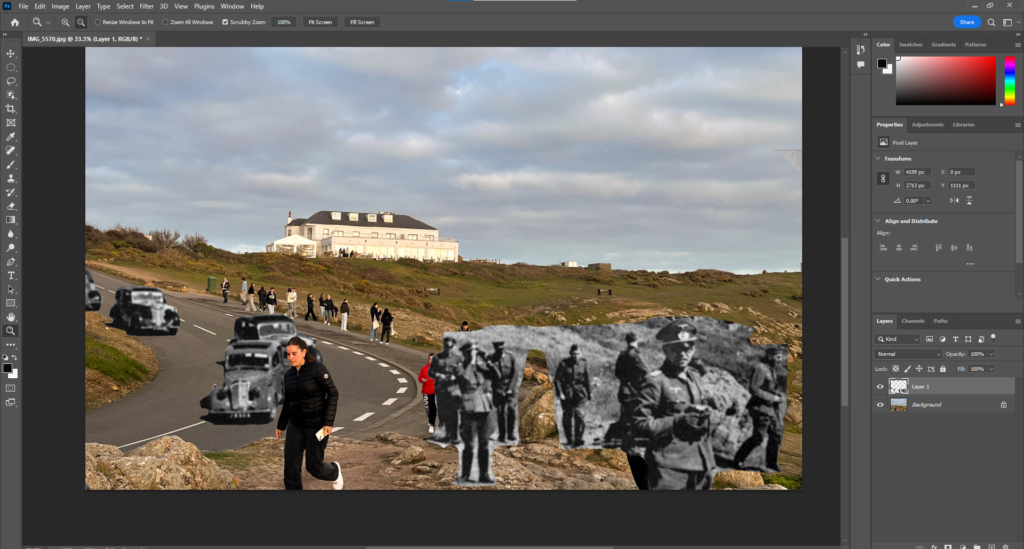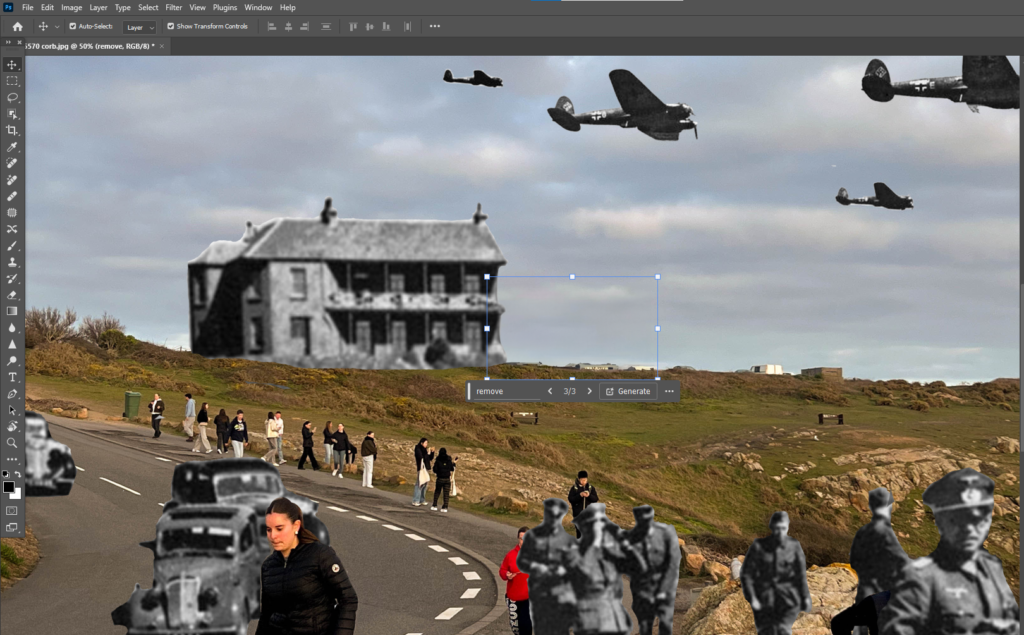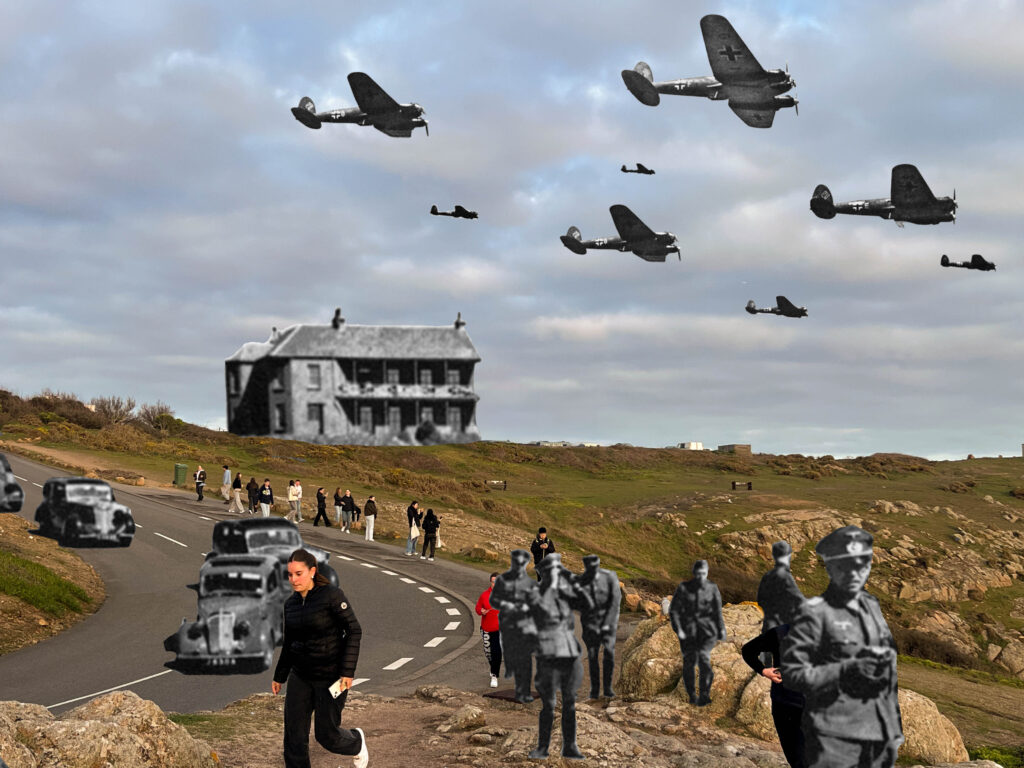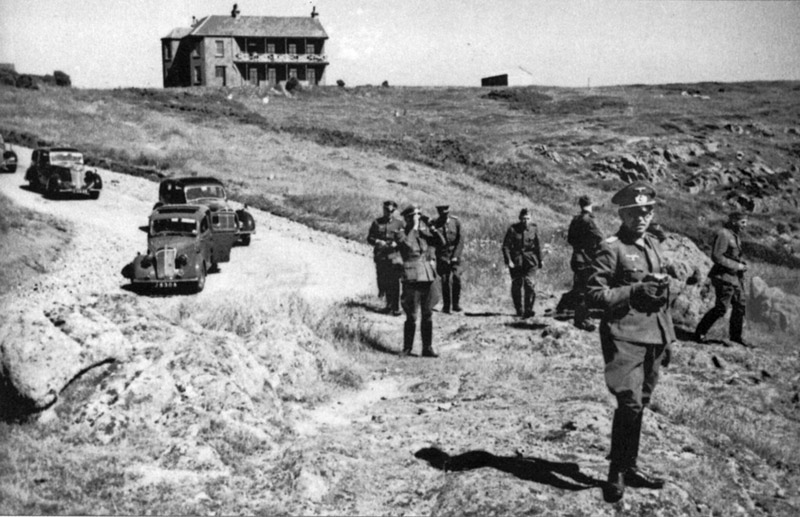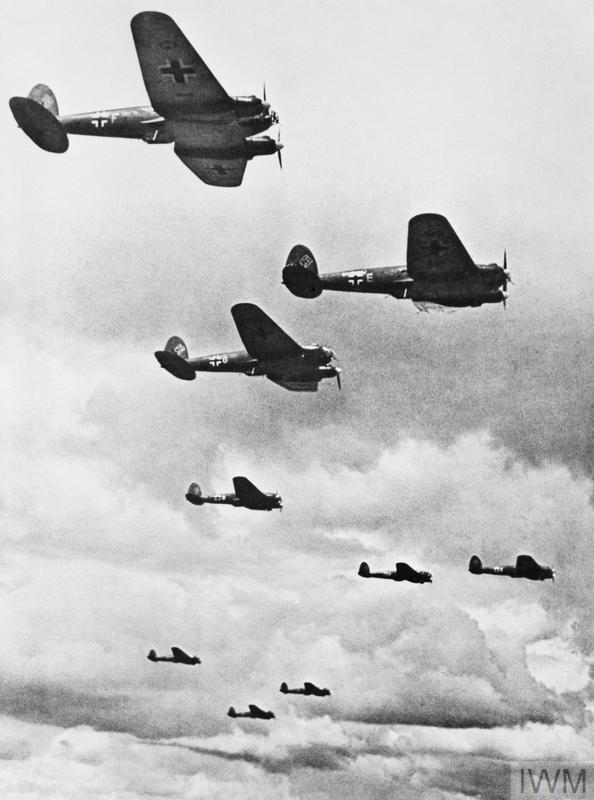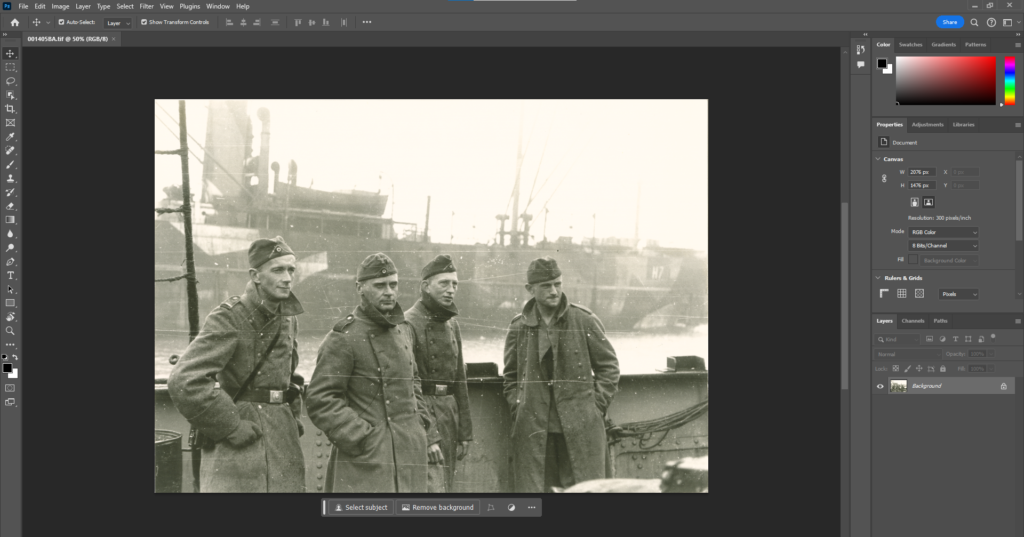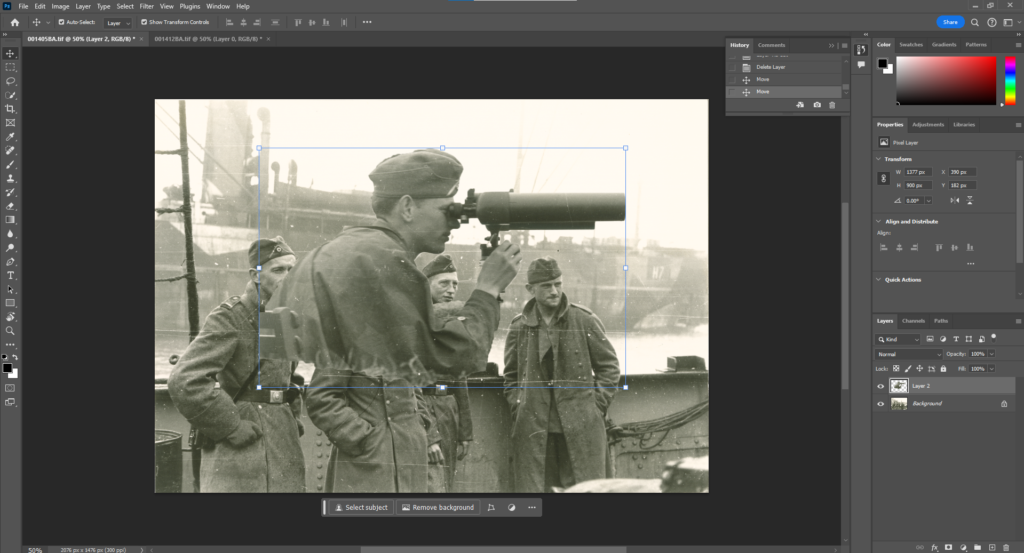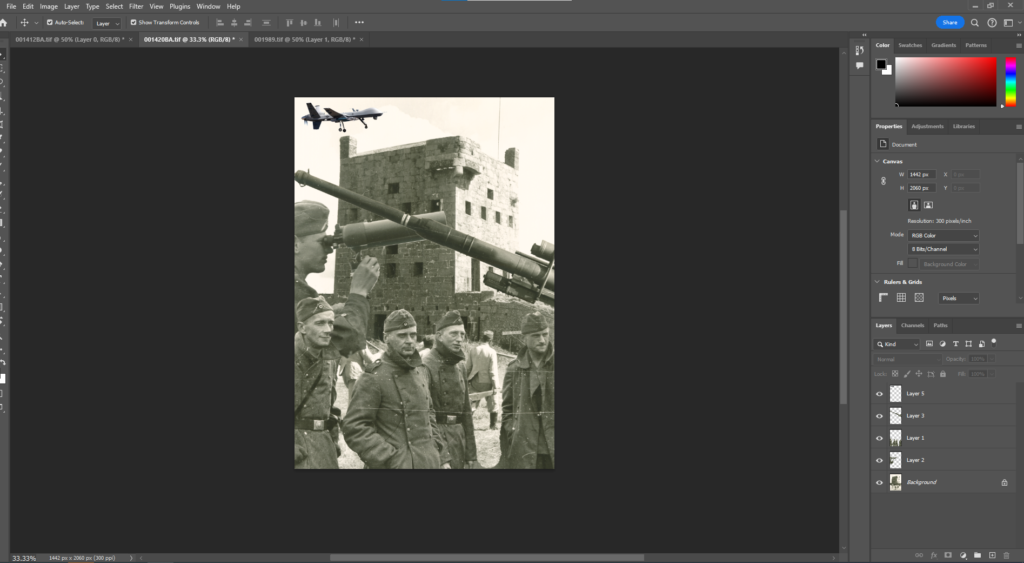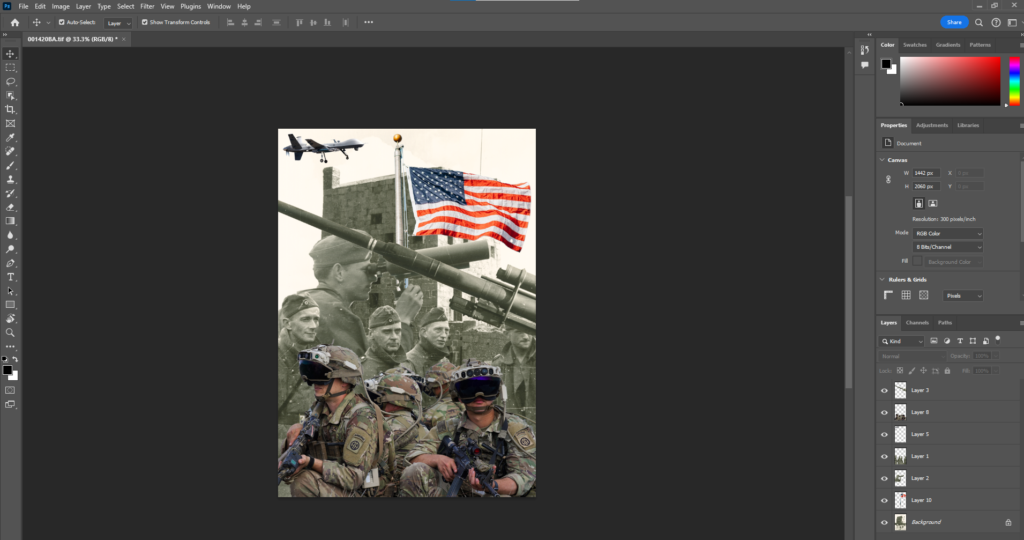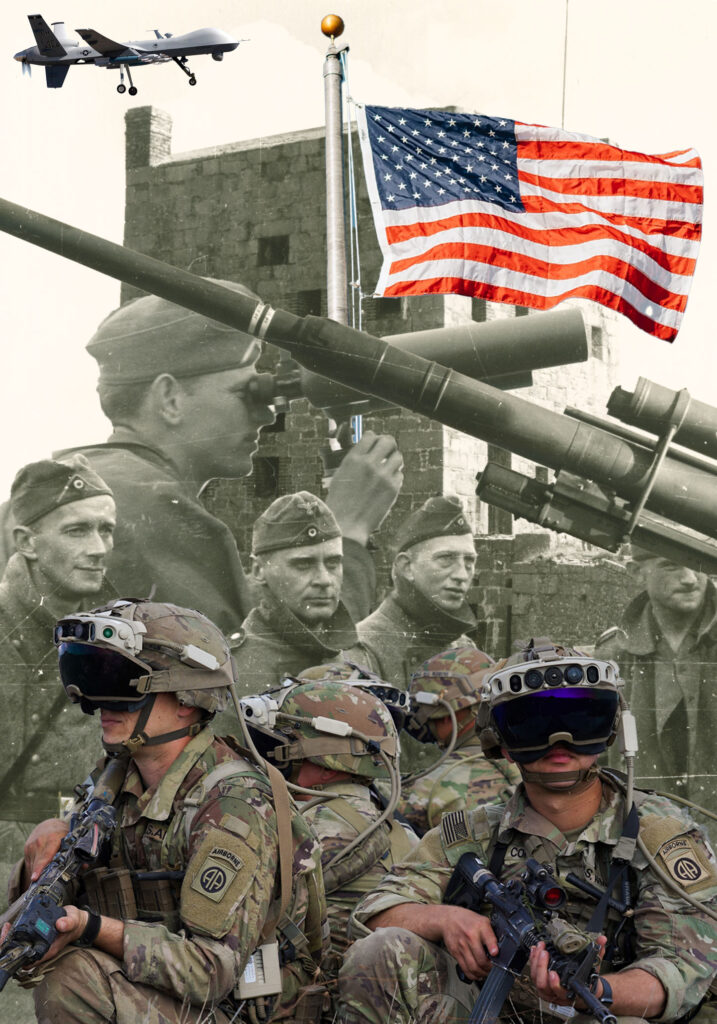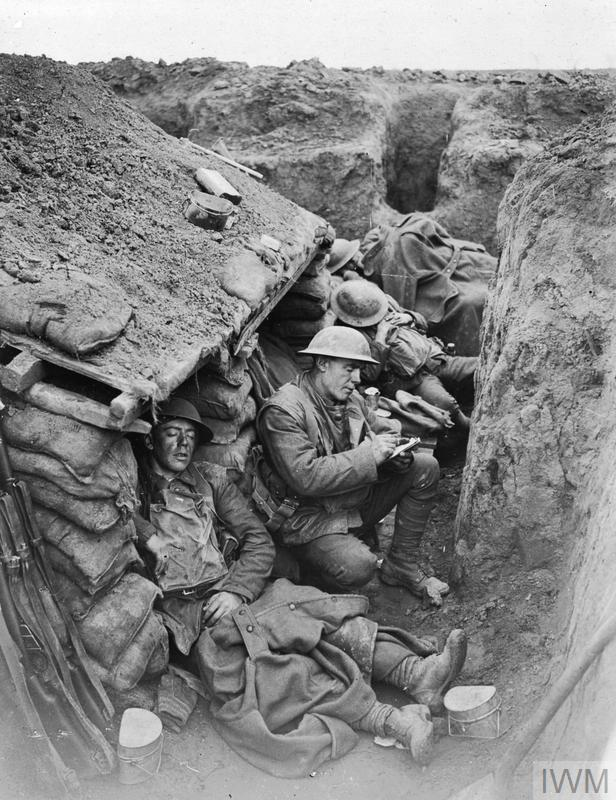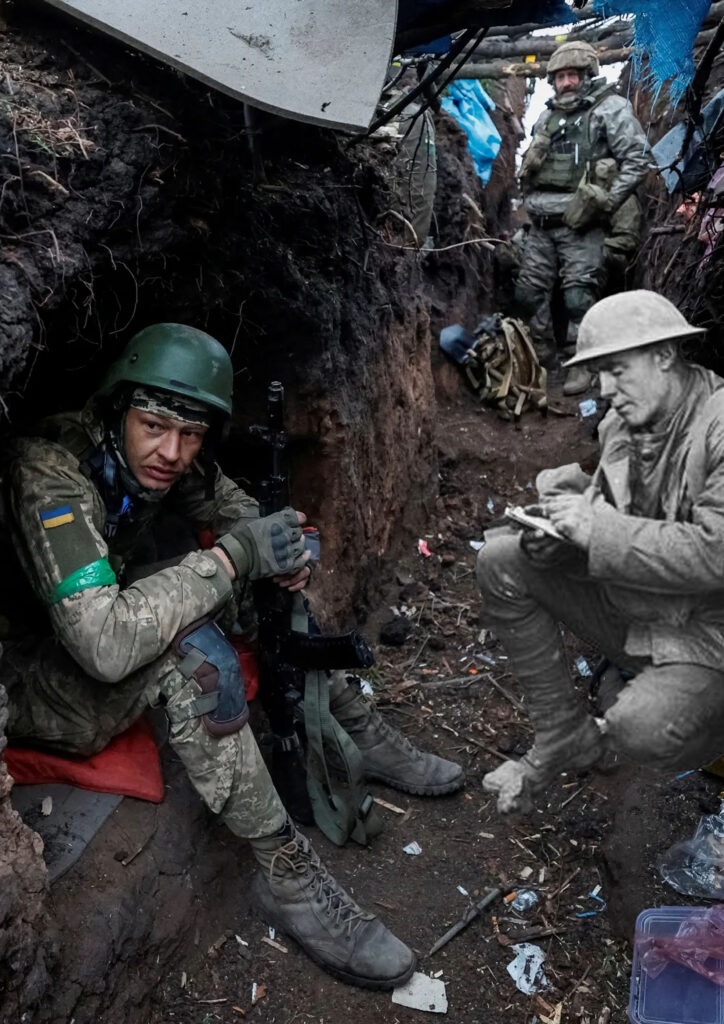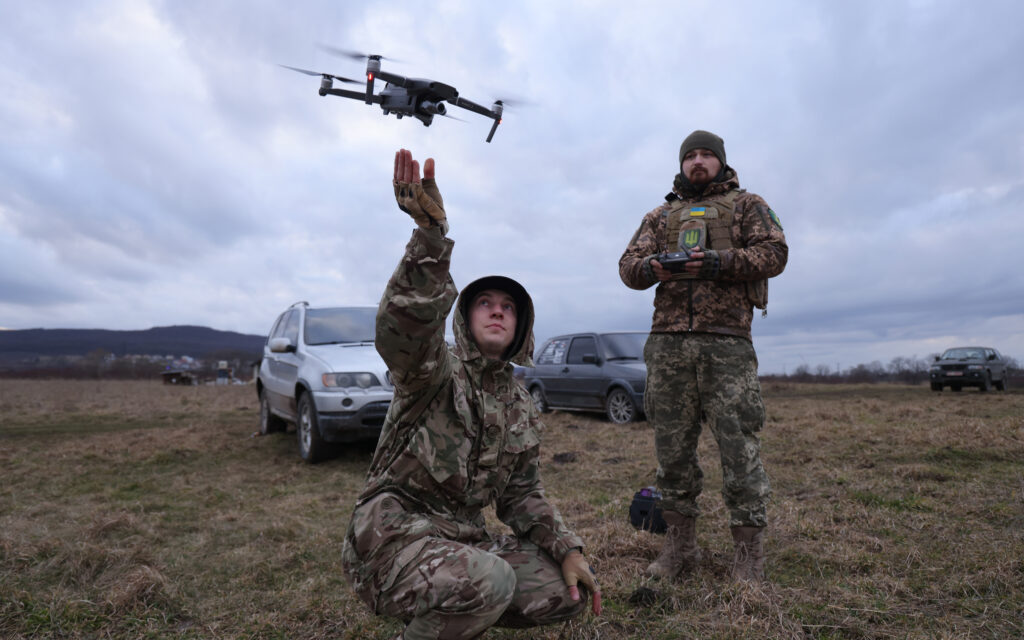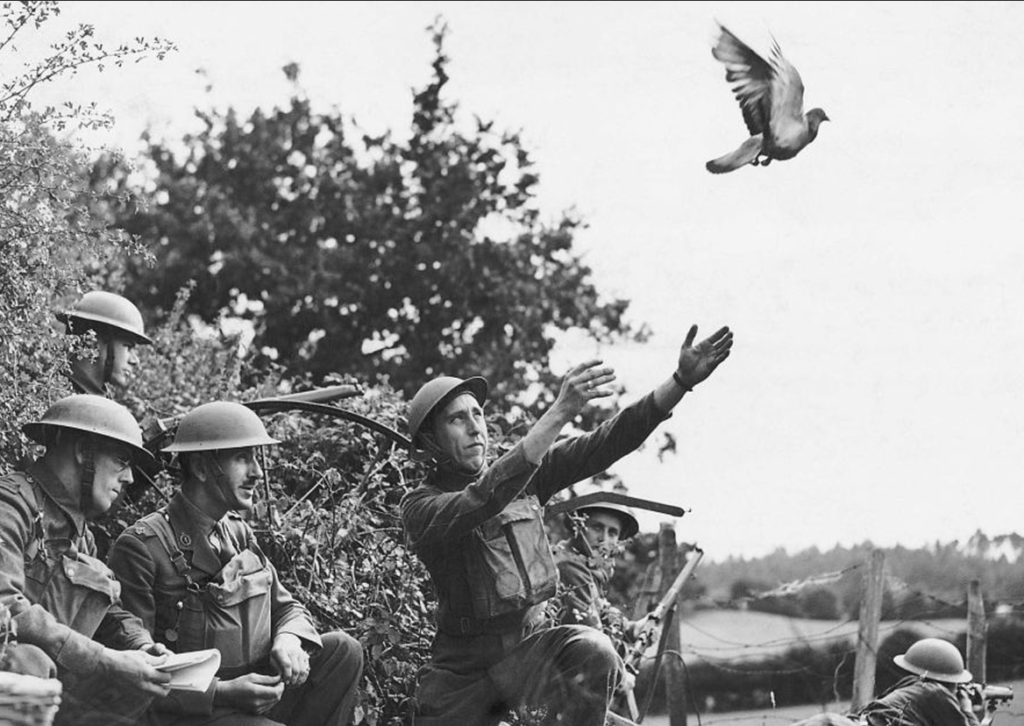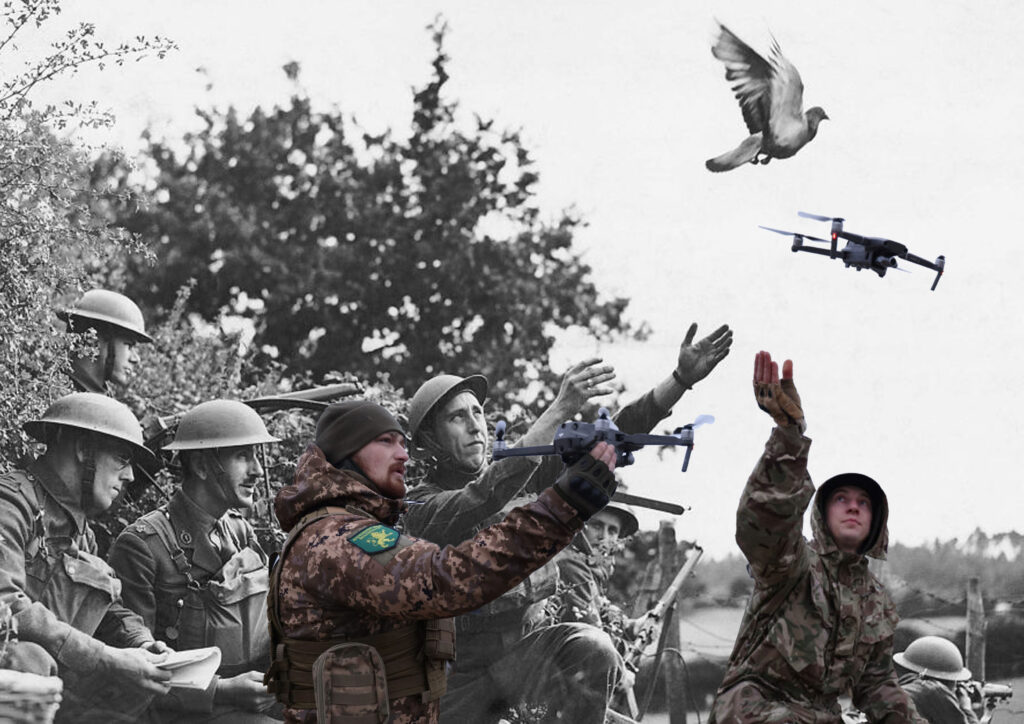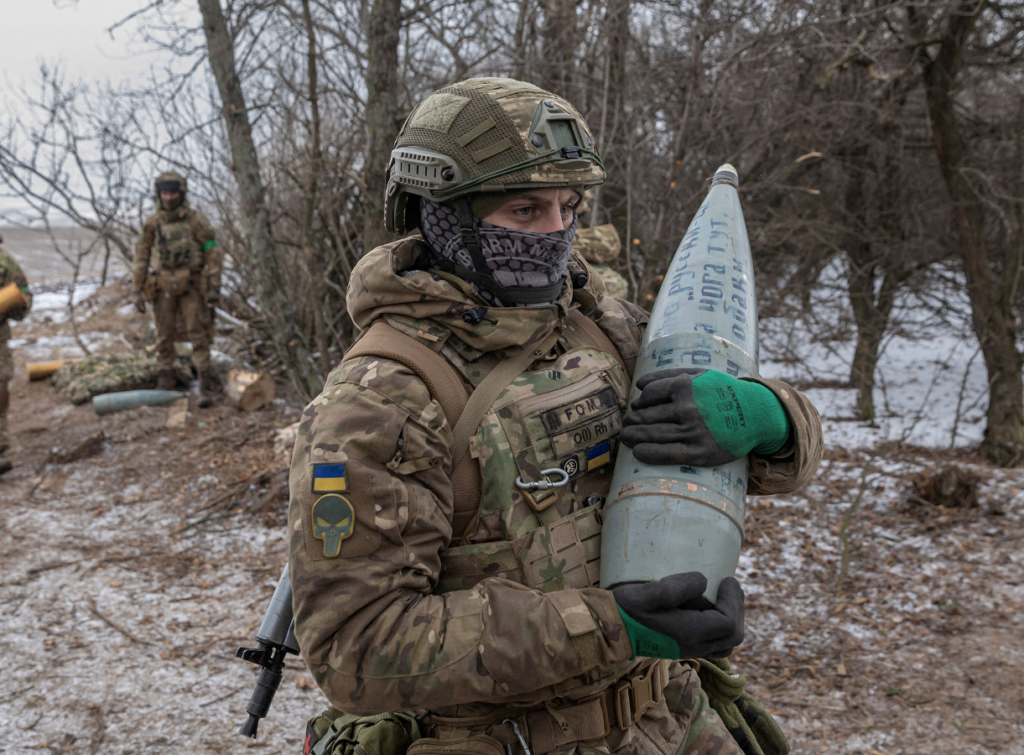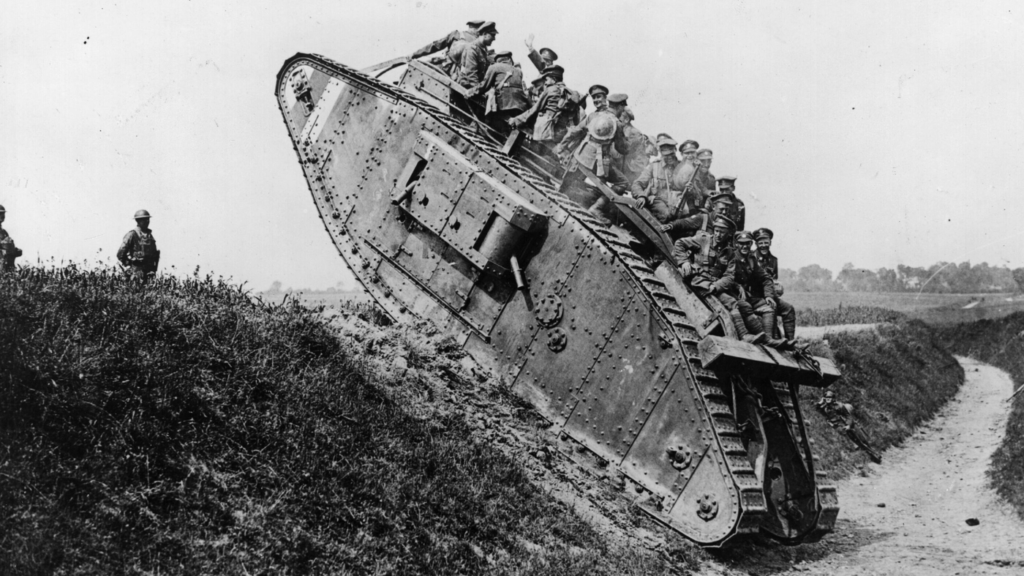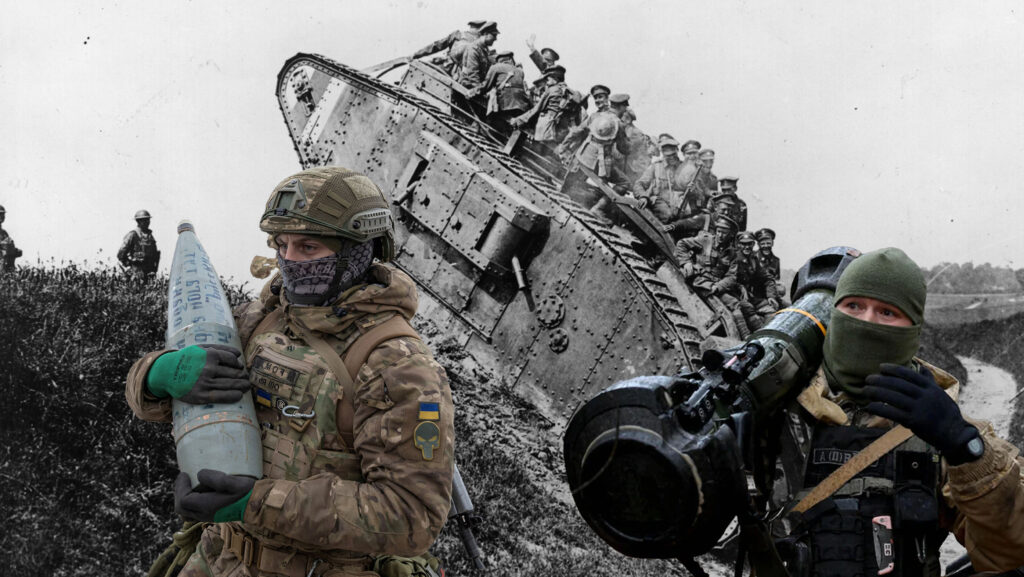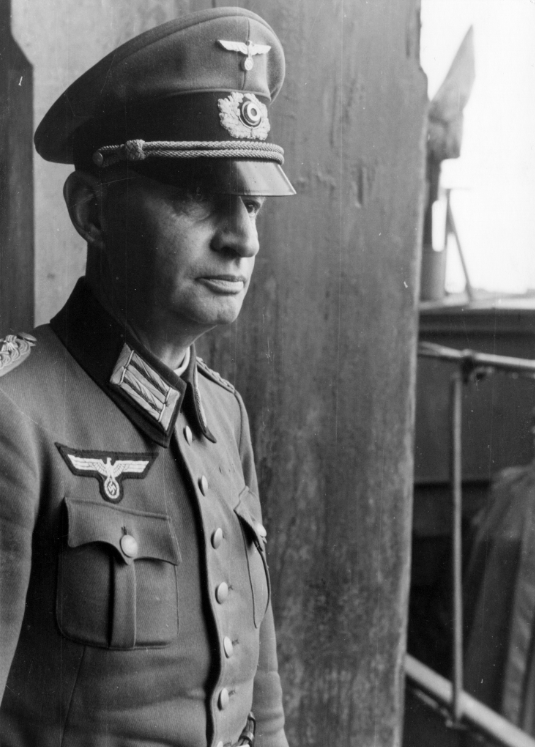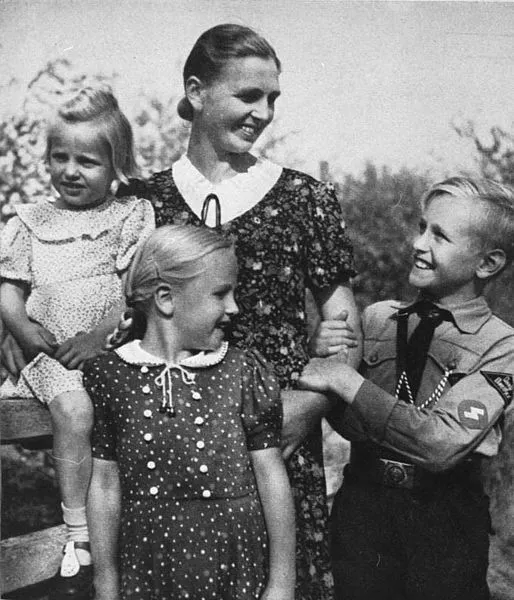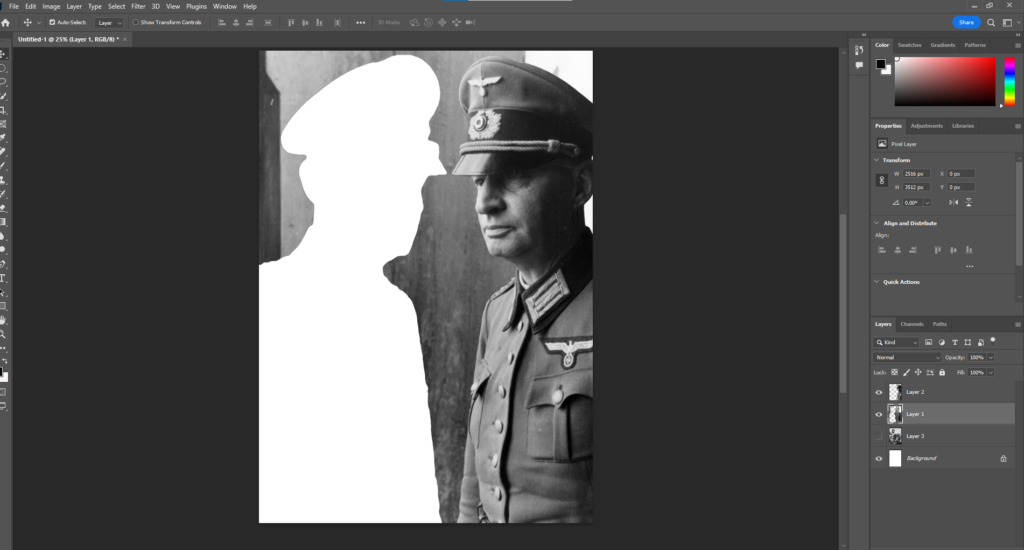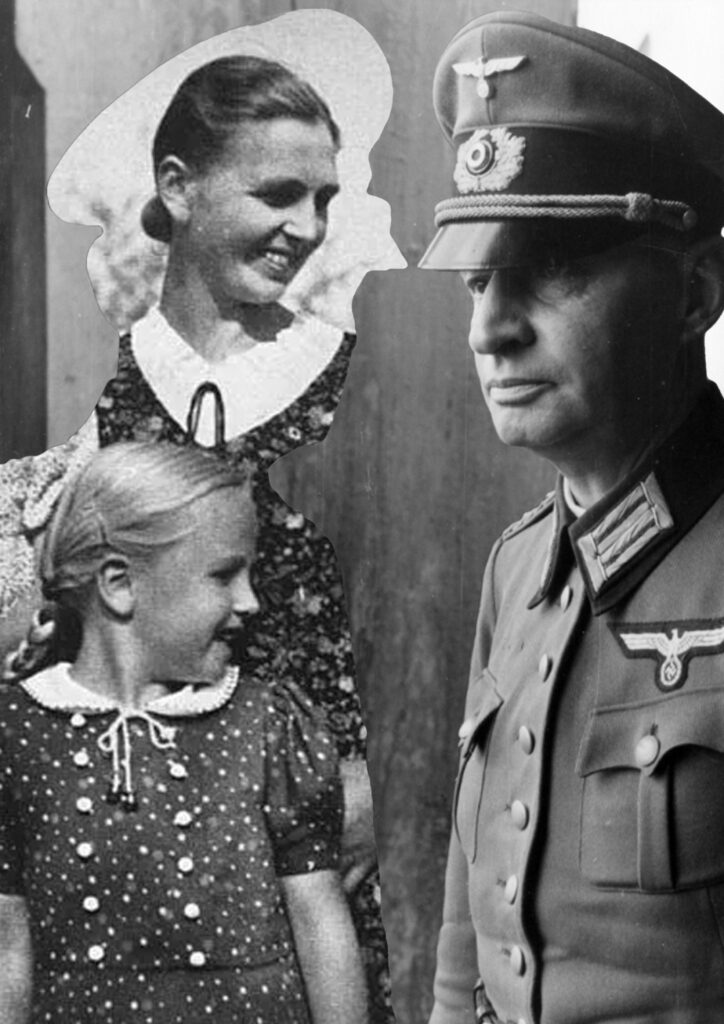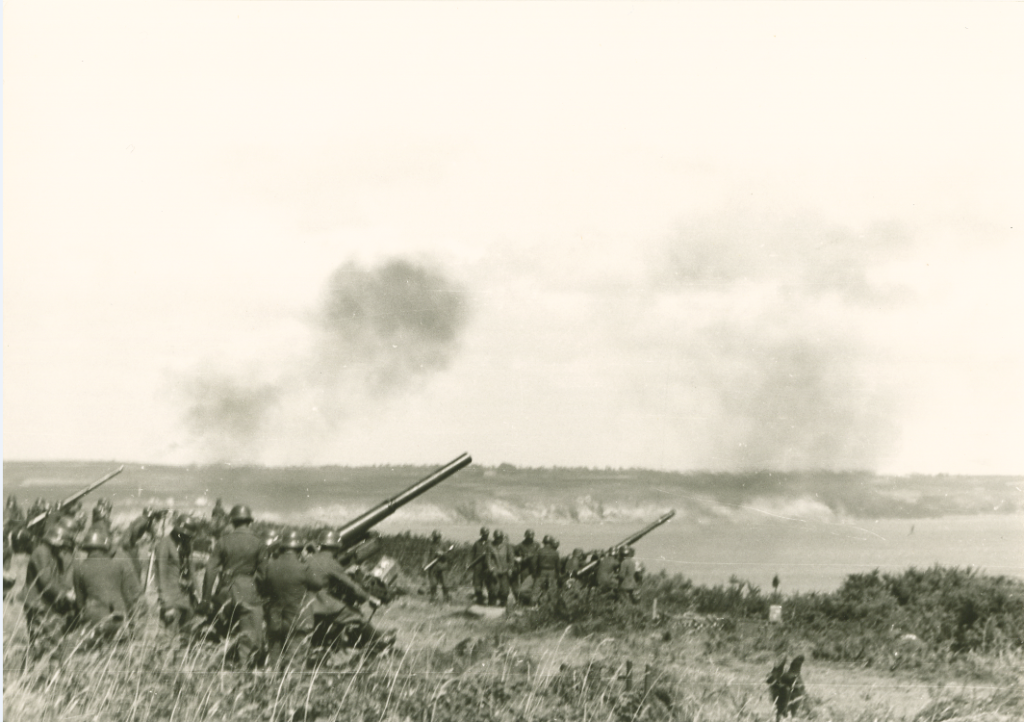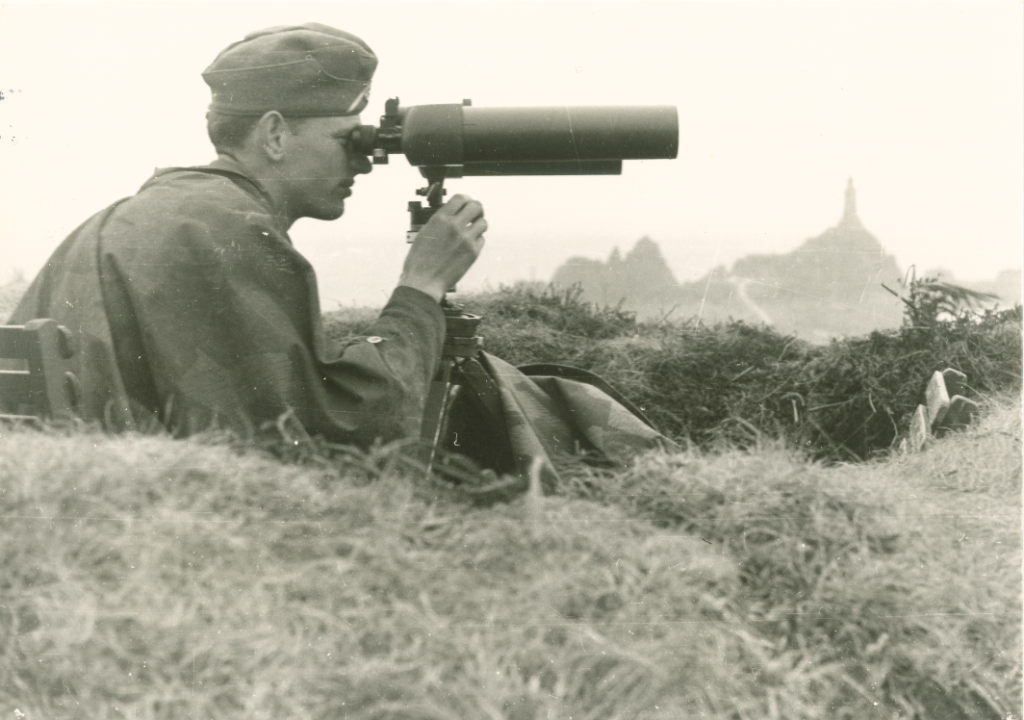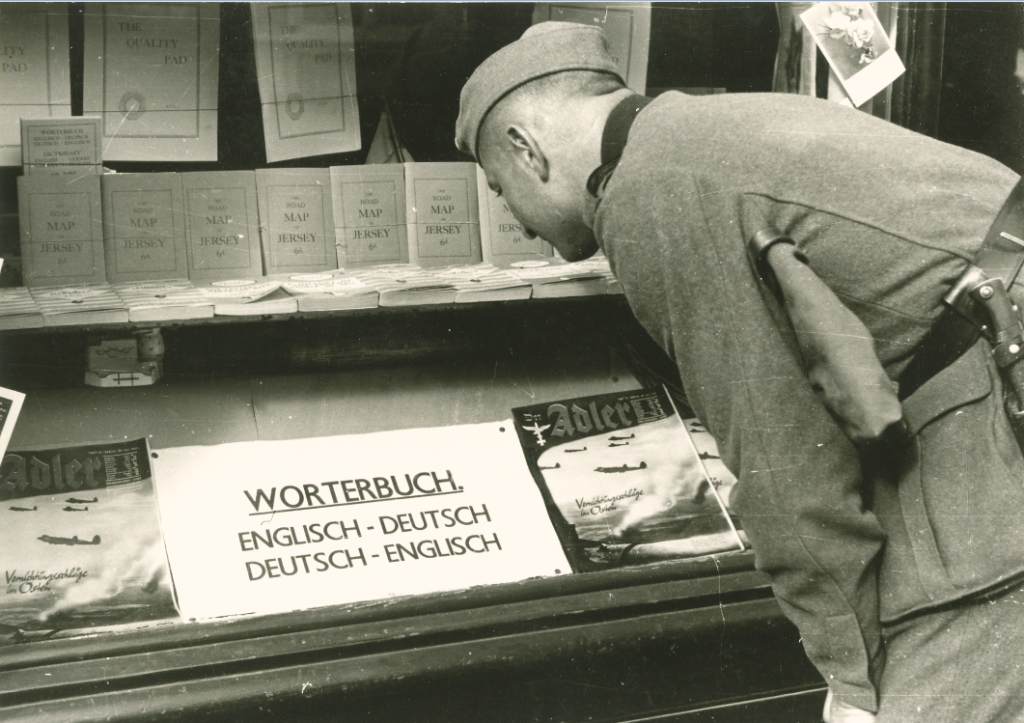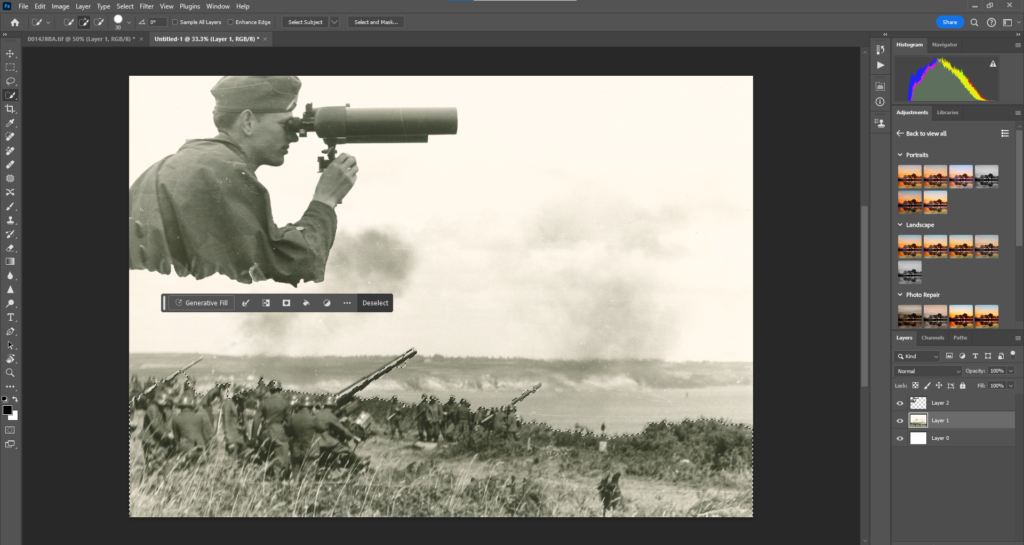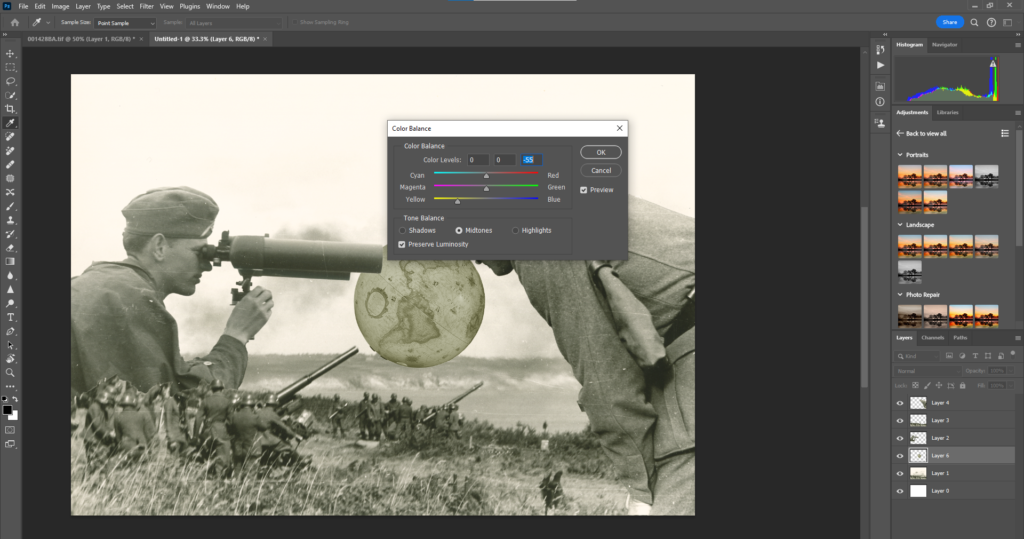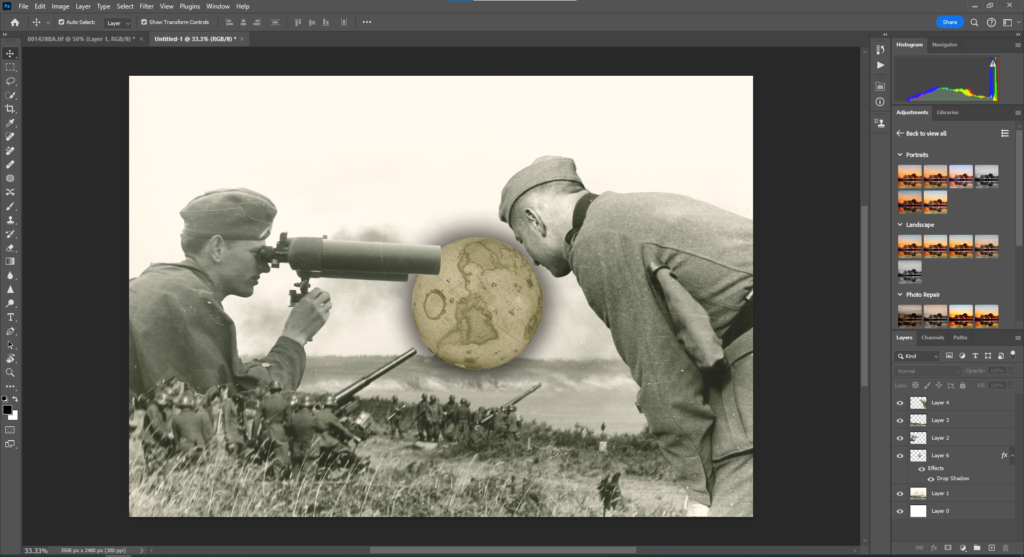Photoshoot edits –
Before:
Edit settings:
Using photoshop I further edited my work:
Using opacity I was able to perfectly line up my images to how they would have been taken back then in the 1940s.
After lining the image up, I re-added its full opacity, I began cutting out my image in a sort of ‘scrapbook cut-out’ aesthetic.
Final Result:
Using a brush to merge out the opacity the image came out as this…
By merging these images, I have created a view into the past through an opacity fade. This shows how much Anthropocene has altered the landscape around us from its appearance in the past.
Before:
Edit settings:
Using photoshop I further edited my work:
Being much trickier to line up since the rock face has changed so much overtime, I repeated my method of using the occupation images opacity to overly it onto my modern picture. Despite proving to be a challenge this can also be said to show the effects of Anthropocene as the power of that field gun could be said to shape the side of the rock with its powerful kickback.
Final result:
In comparison between these 2 images the effects of Anthropocene are clear to see with the breakdown of the rock face and the extension to la Collete.
Before:

Edit settings:
Using the same Settings for the image, I did this as the image I wanted to photoshop is just a slight variation to the one before.
Using photoshop I further edited my work:
Overlying the Image I repeated my methods off adding the historical image to where I believed it would be positioned back then.
By lining the image, I can get a frame of reference to see how I want it to be positioned, and have it Ready so I am able to cut it out to scale.
When the opacity is removed you can really get a good look at how the images line up. By cutting the image out, I am able to create my desired aesthetic for the image of it appearing almost as a ghostly cut-out from the past.
Edit settings:
Before:
Edit settings:
Using photoshop I further edited my work:
Due to angles being hard to recreate I use objects within both images that are appropriately sized for me to use to reference the positioning of my historical photo overlay.
By resizing the image, I am able to capture more of the original image in a larger size, making the contents more clear.
Final result:
Before:
Edit settings:
Using photoshop I further edited my work:
With the environment being hard to map, My photoshopping off the historical image would prove difficult. This however can be said to show the effect of Anthropocene and how far it has changed from then till now. With the contrast of visual content from Germans in the 1940s to French tourists in the present it creates a interesting visual example of Anthropocene.
Wanting to remove the excess space from the top of the image I added some German airplanes, to add more character to its context.
Using photoshop, I was able to remove unwanted details such as a wall of the current Corbiere Phare.
Final result:
Although the amounts of planes is exaggerated to what would actually fly over Jersey, I think it makes for a good filler for the blank space within the sky of this image.
Further experimentation –
Montage –
Edit 1 –
Using images from The German Bundeswehr Photo archive of the channel islands I further experimented with my work, with inspiration from war collages.
Importing images of modern machines of war into war it creates an interesting look into the effects of Anthropocene in warfare.
By adding photos, of Current US Soldiers compared to the Germans from the 1940s, this image is a collage to show the huge advancements made in technologies from powerhouses from their time.
Final result:
Edit 2 –
For my second edit I thought id explore the effects of Anthropocene in the war in Ukraine to show similarities and differences they conflict has with the First world war, with my images of trenches.
Using the objection selection tool on Photoshop, I cut out a soldier from the first world war to show much these images comparison despite their changes over time in uniforms, country and technology, the element of War remains the same.
Edit 3 –
Through the comparison of technology we can see the difference from then till now.
I really like how this edit came out, and I think it really shows the comparison of technology from the past to present and how it is incorporated to warfare. Within the modern day, we can see how technology replaces many jobs from the past. It quite an interesting look into the binary-opposite of Nature vs machines.
Edit 4 –
In this edit, I aimed to show the difference explosive technology between conflicts in History.
Shown through the comparison of firepower, the change in size of how they function varies largely, whilst their purpose remains the same.
Edit 5 –
Through this image, the idea is to show the personal inflections of war, such as separation.
Overall I like how this came out, and think it creates lot to talk about within the contents of the image. In relation to Anthropocene it contains a call-back to Jerseys past through the inclusion of the German officer, stationed here on the island back into the 1940s.
Edit 6 –
Wit these images, I wanted to show how the Germans, apart of the Nazi’s Third Reich, wanted to dominate the world. With their violent weaponry shown through these local images, I will add them together to create an interesting collage.
Editing in an Image of a globe, its colours did not match the surrounding images, to correct this I altered them by removing the saturation, adding grain and making it a yellowish hue.
By adding a drop shadow it makes the globe pop out a lot more, and blends in well with the smoke effects from the Guns firing.
I like how this came out with the positioning of the Germans looking towards the centre, I believe it creates an interesting conversation point on what it could be interpreted to mean.
